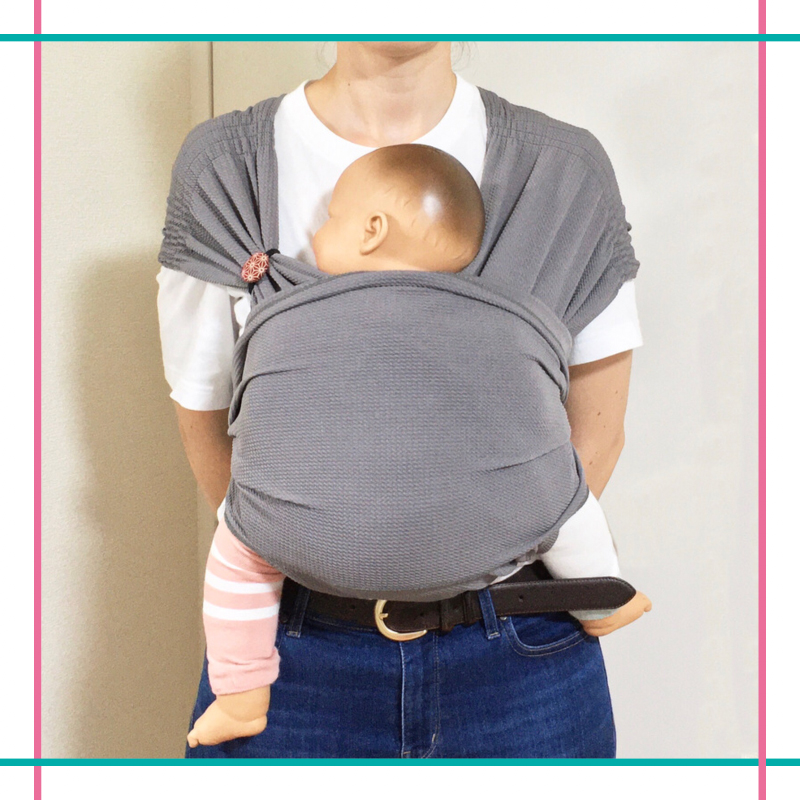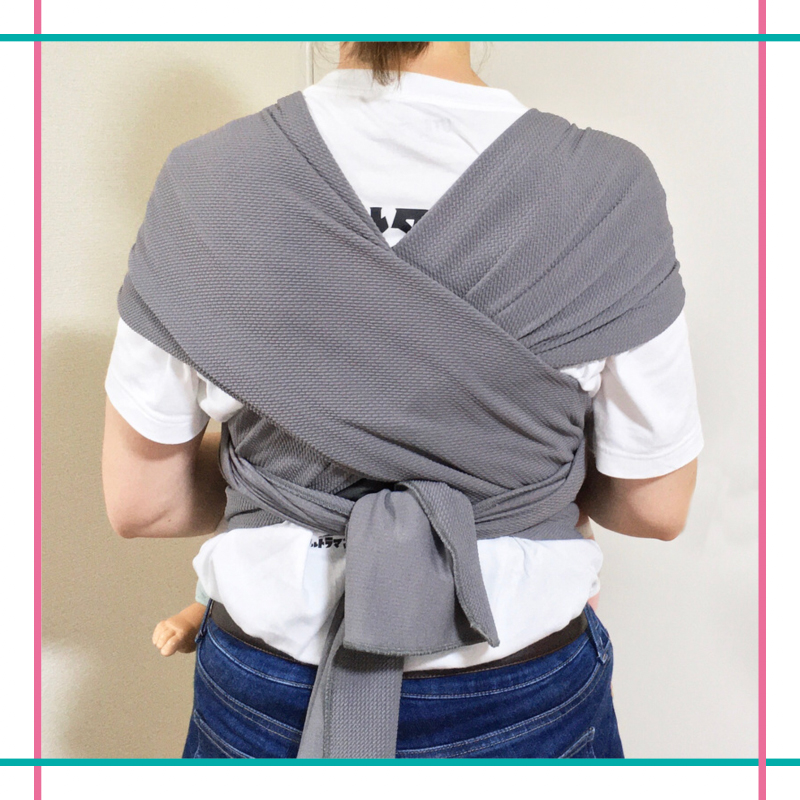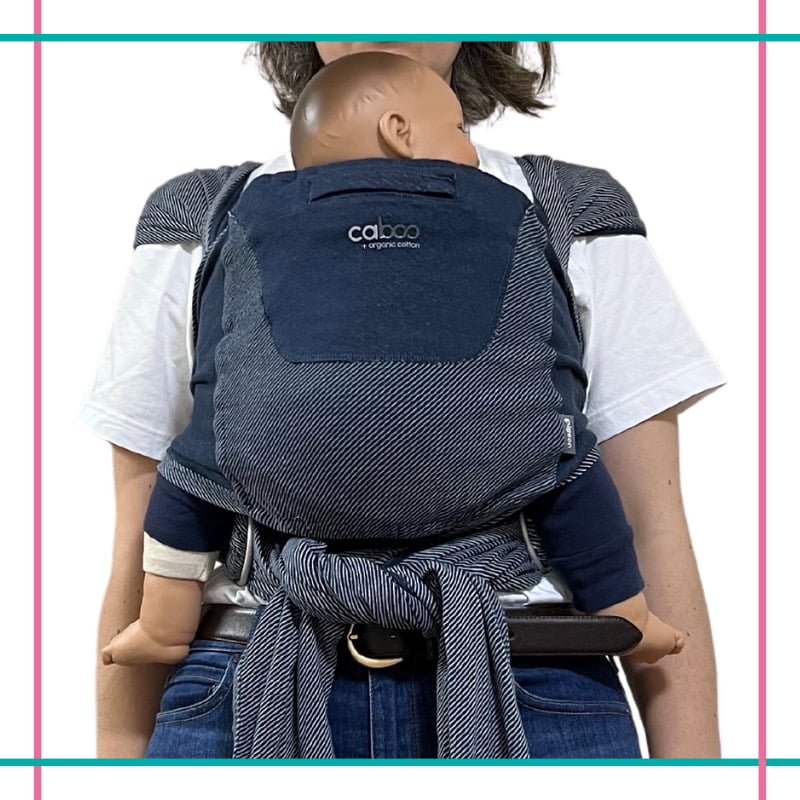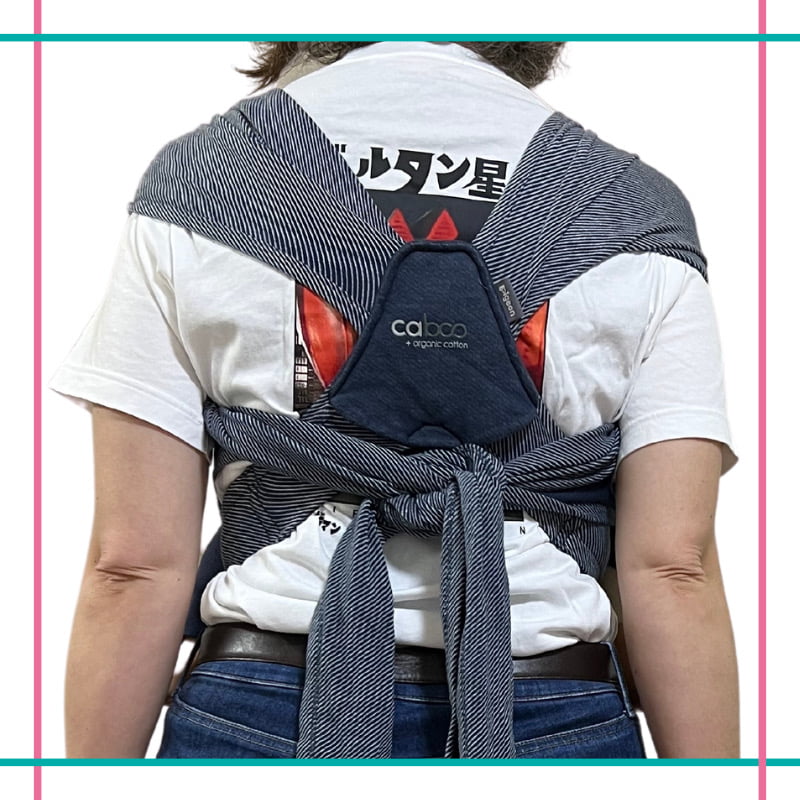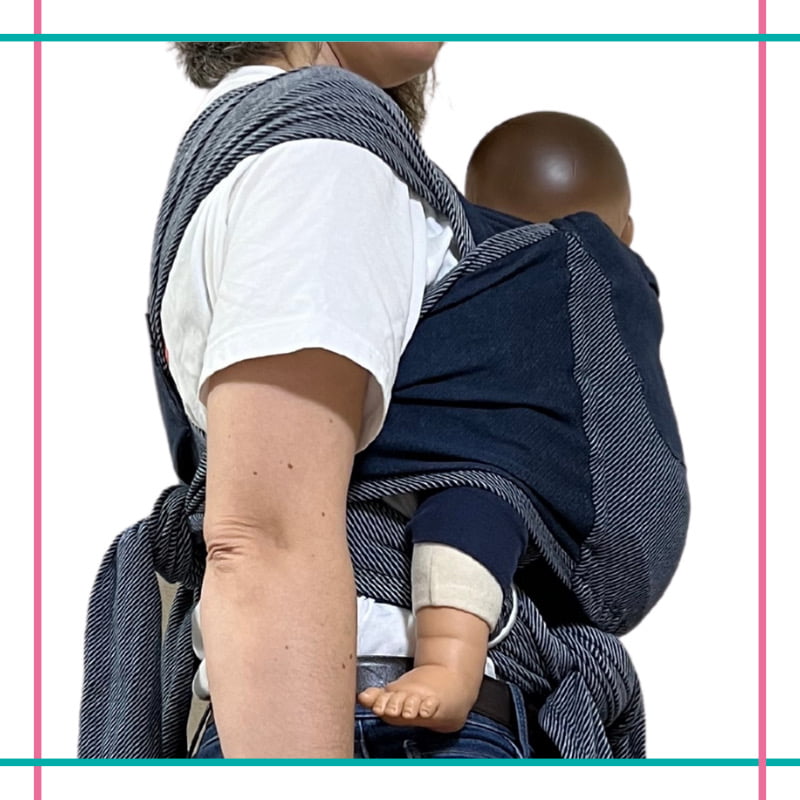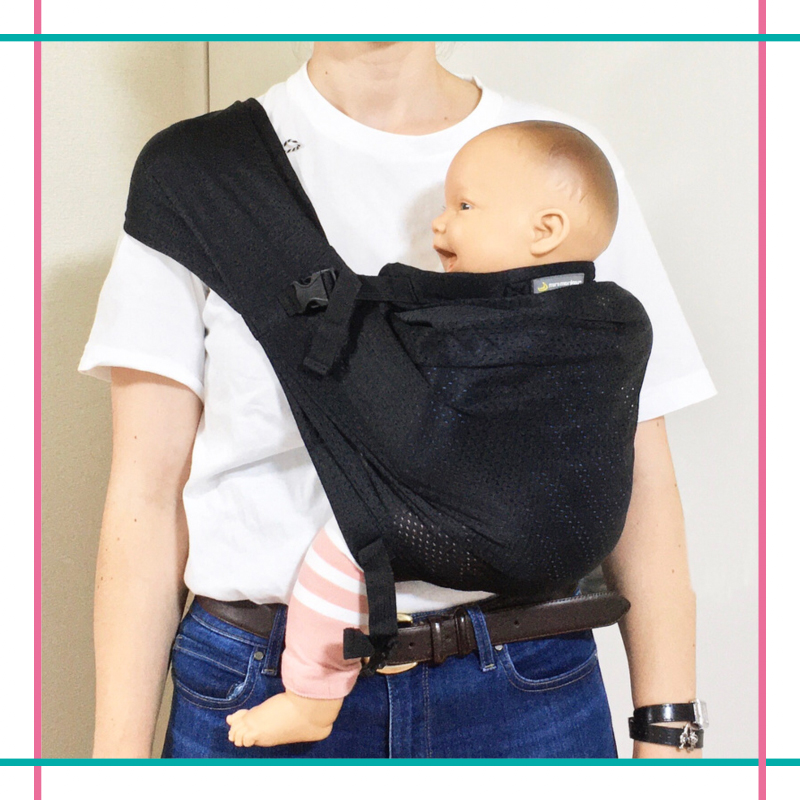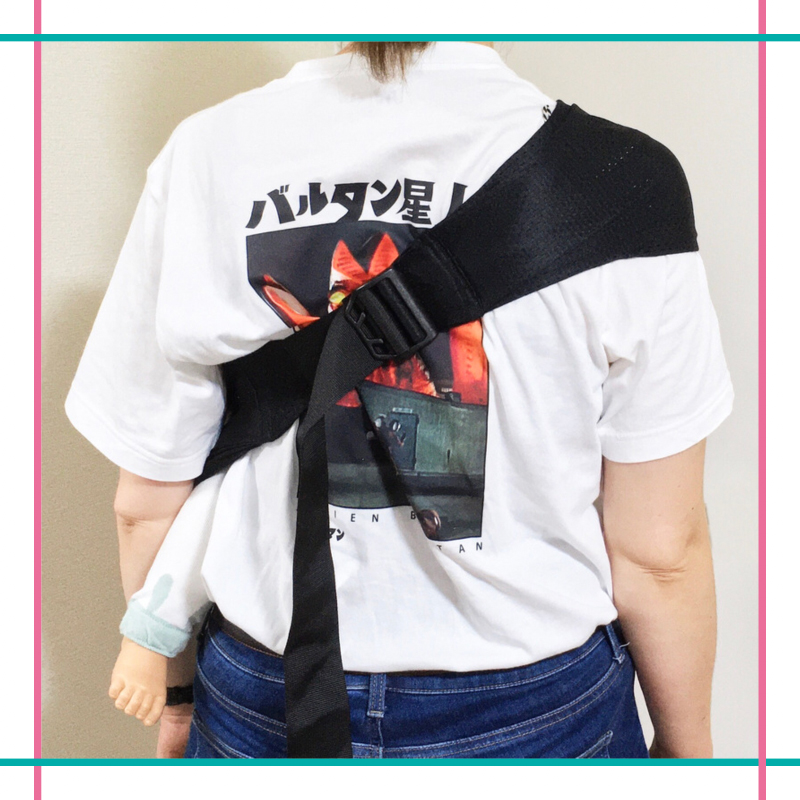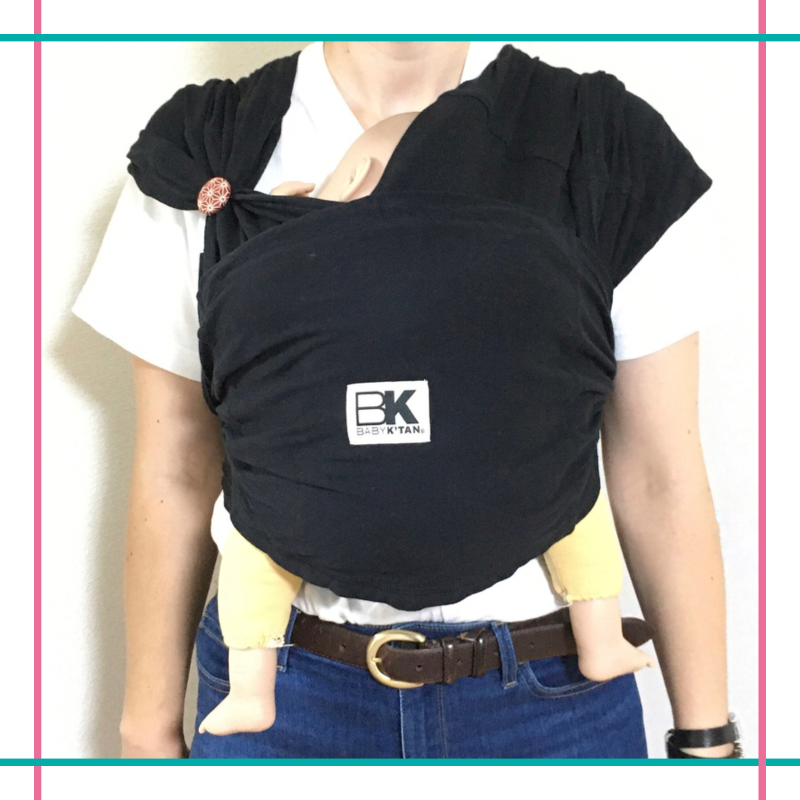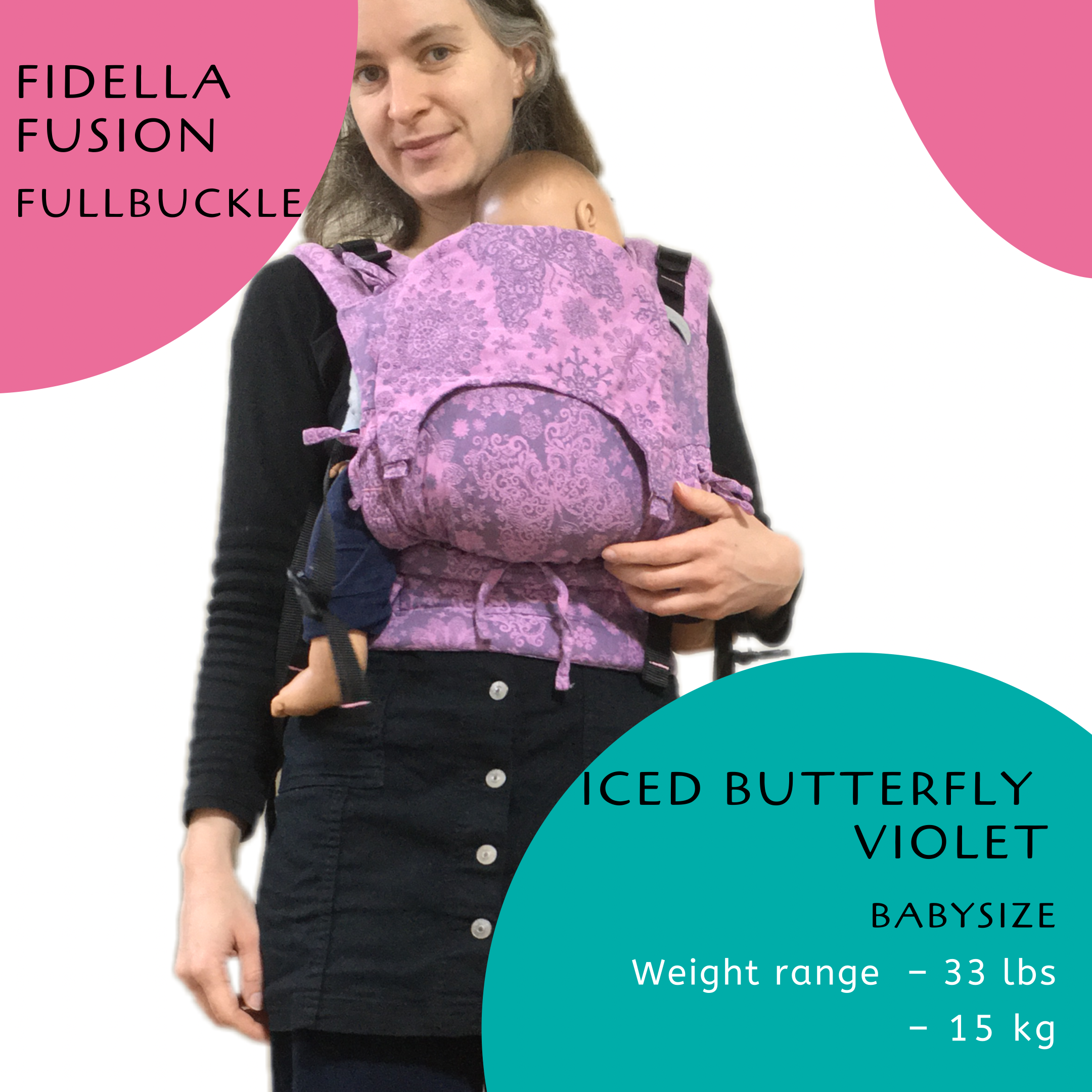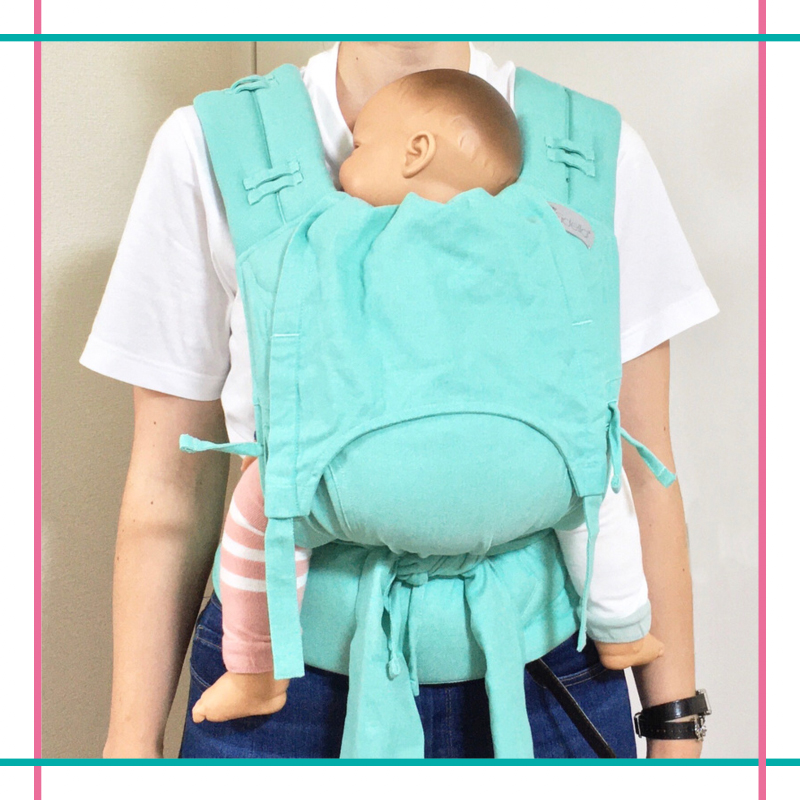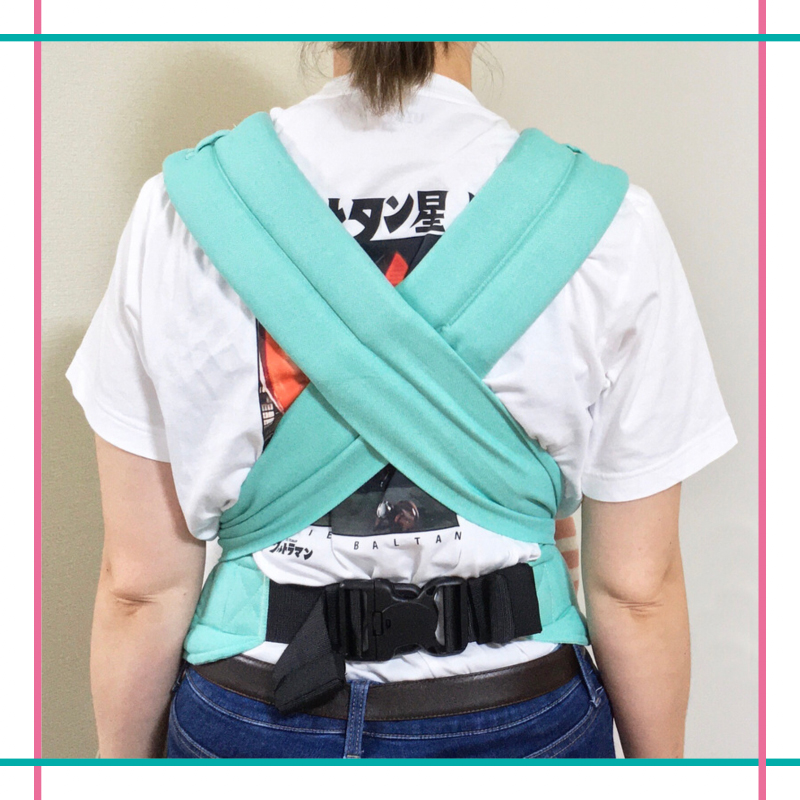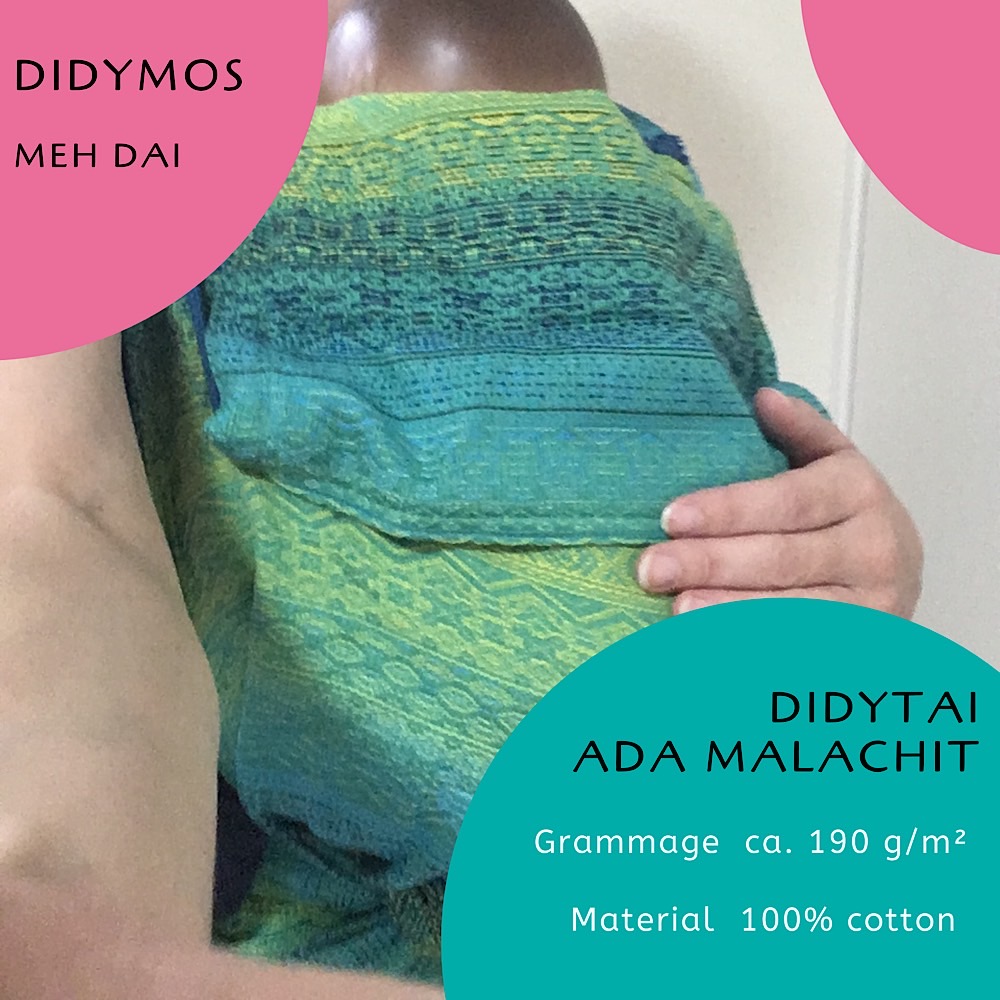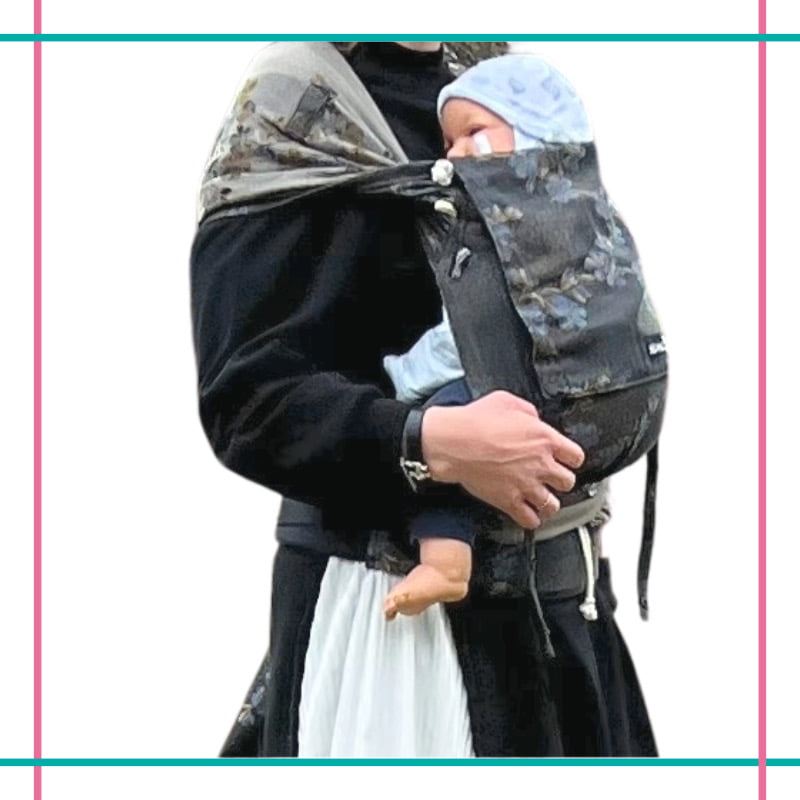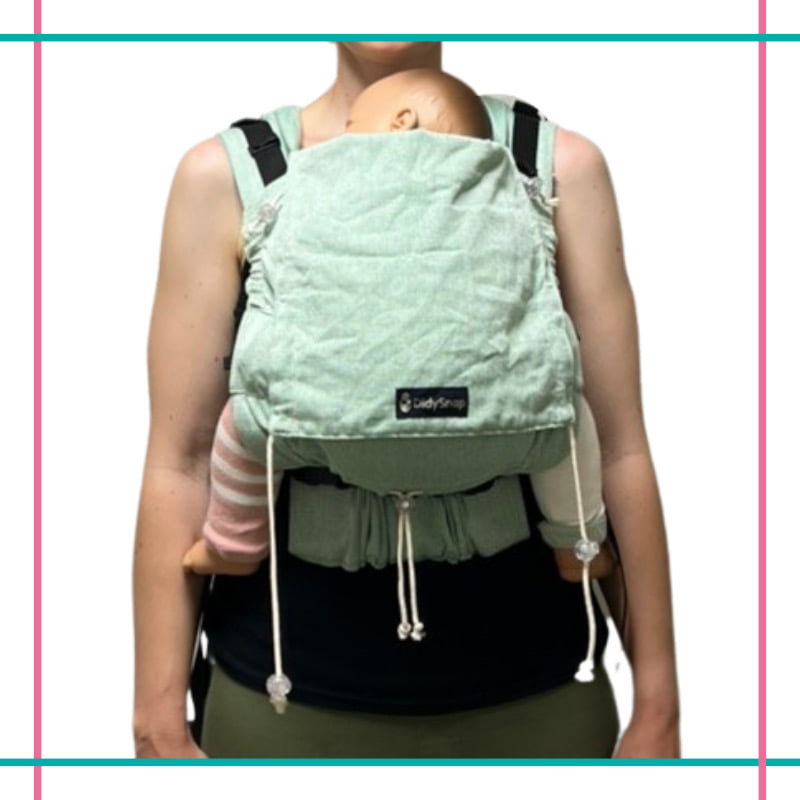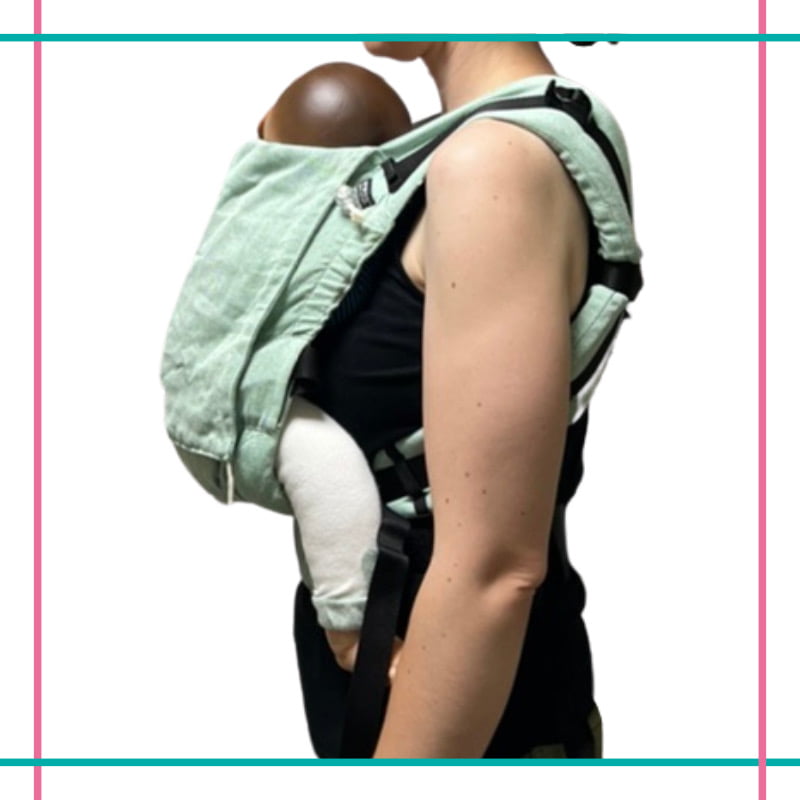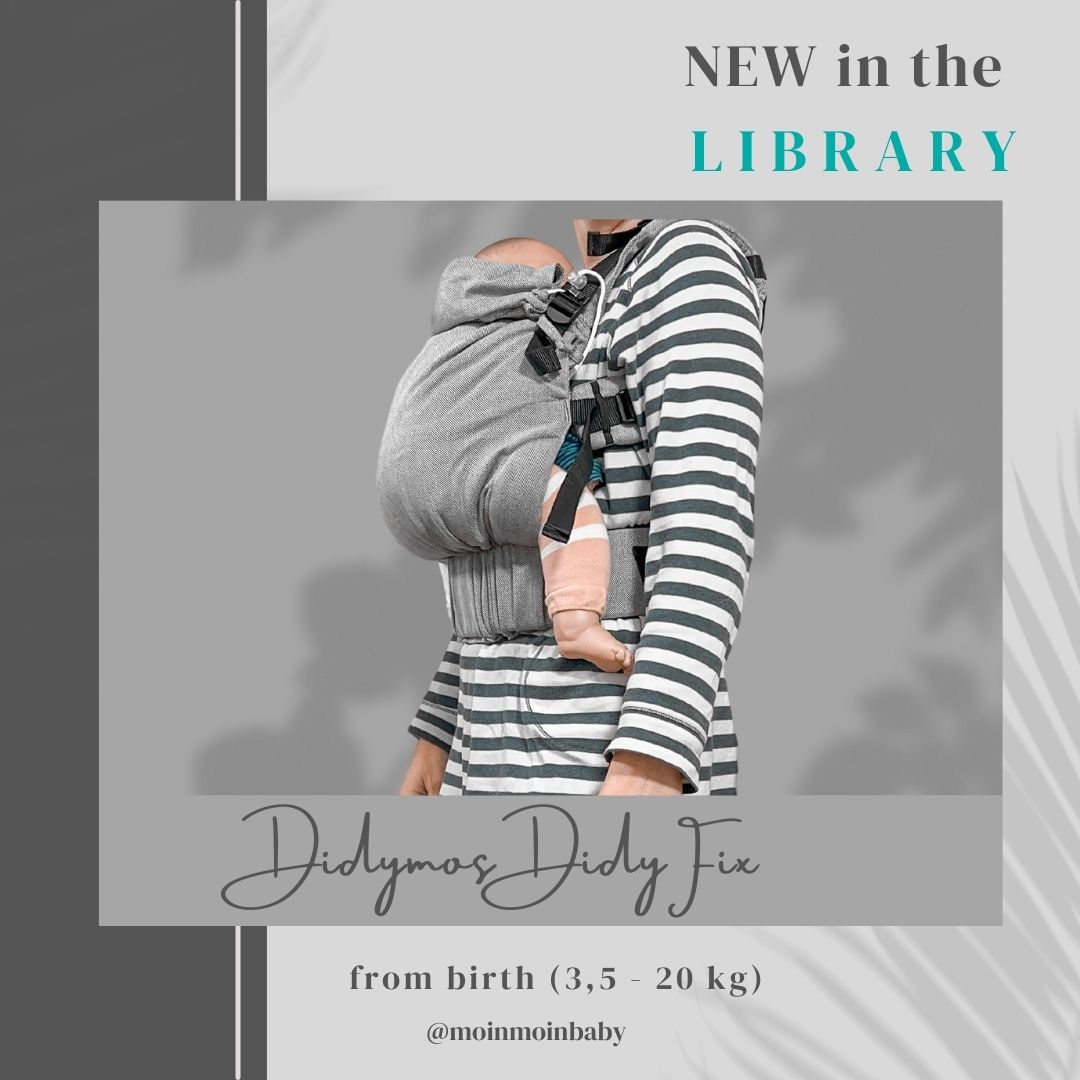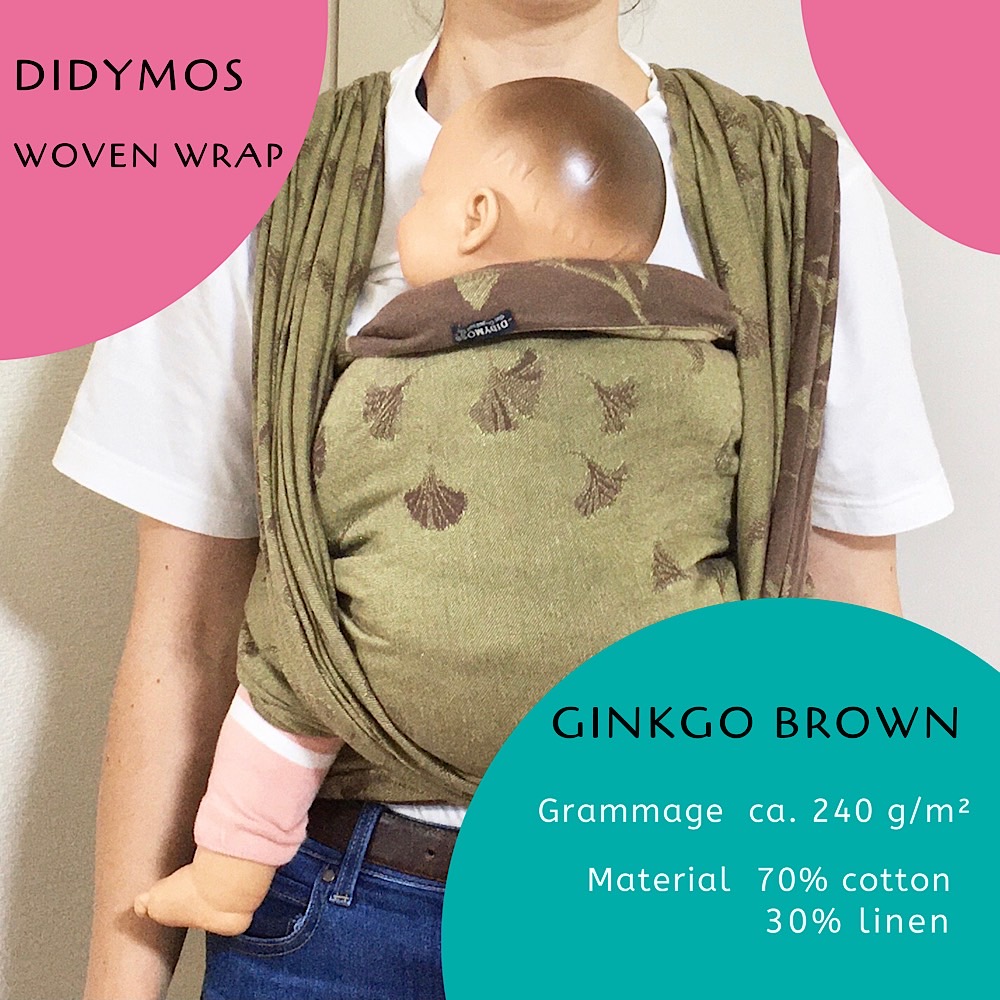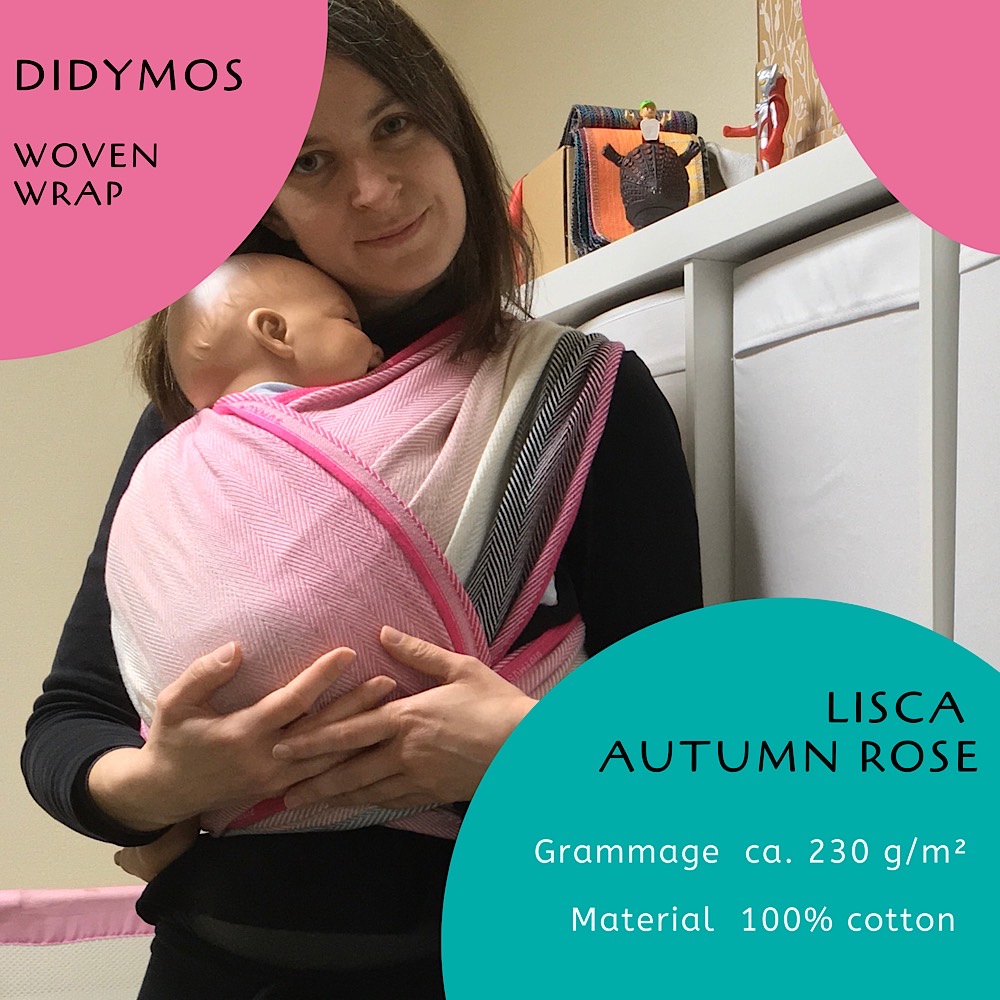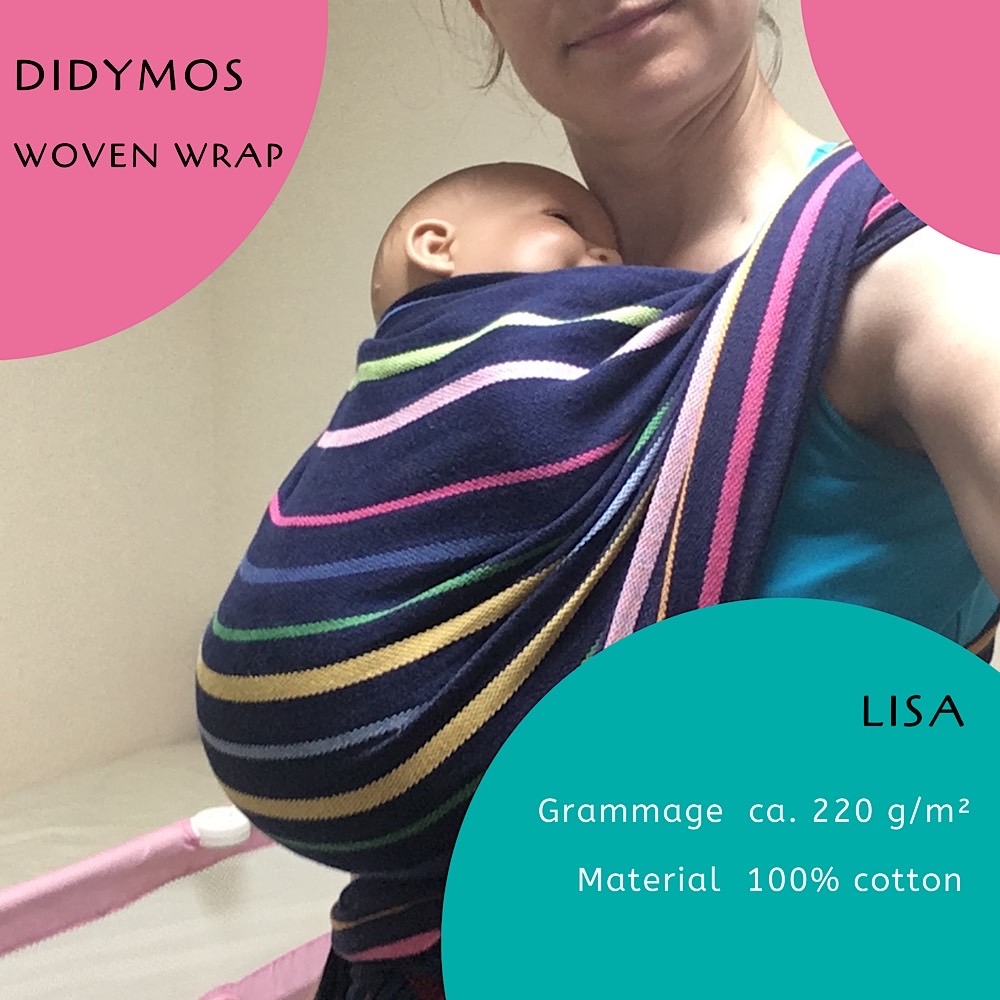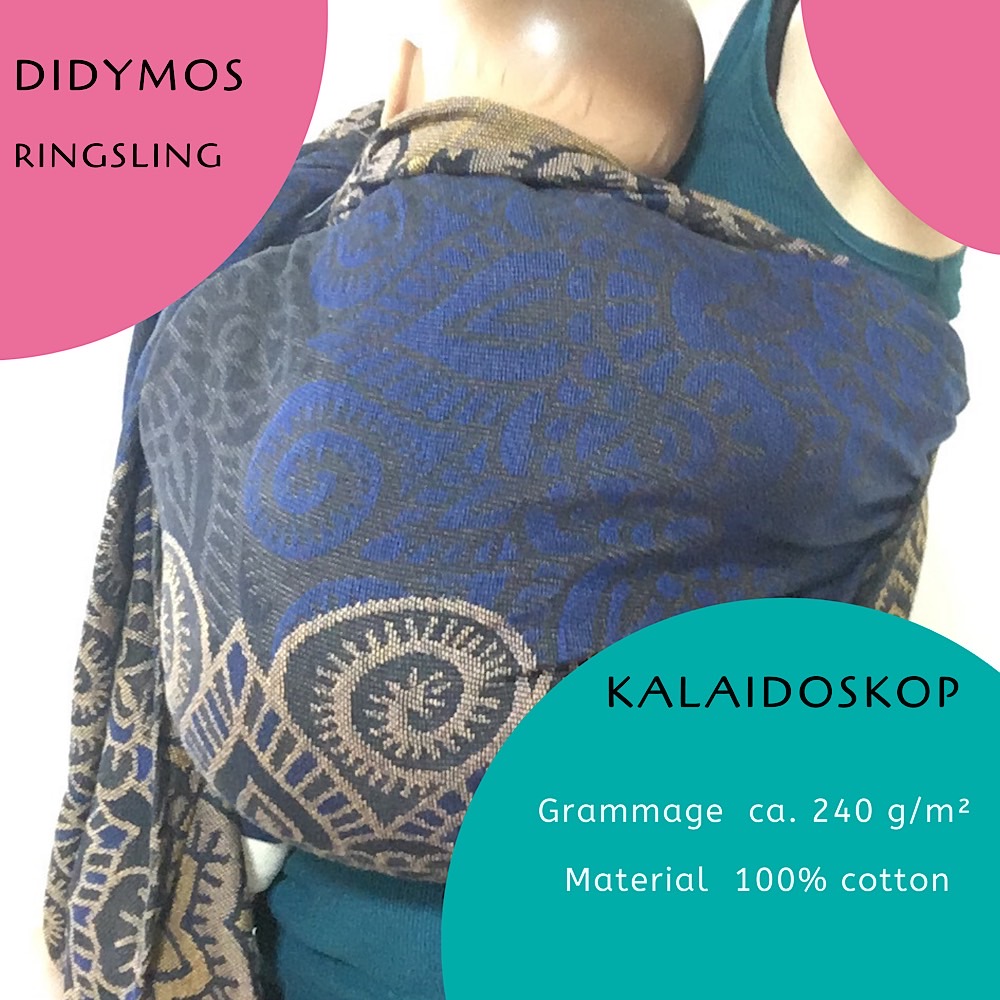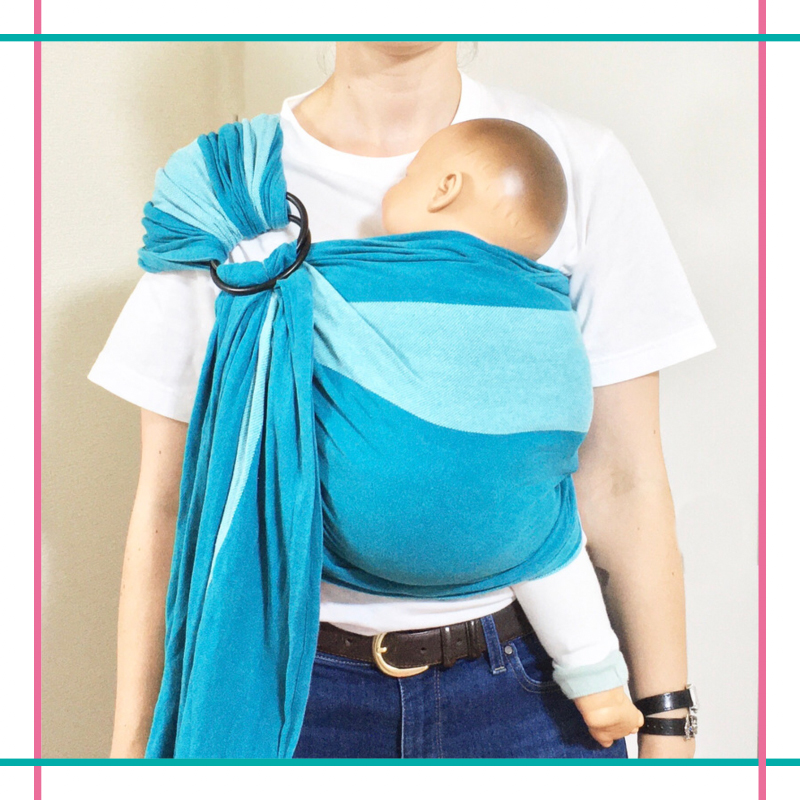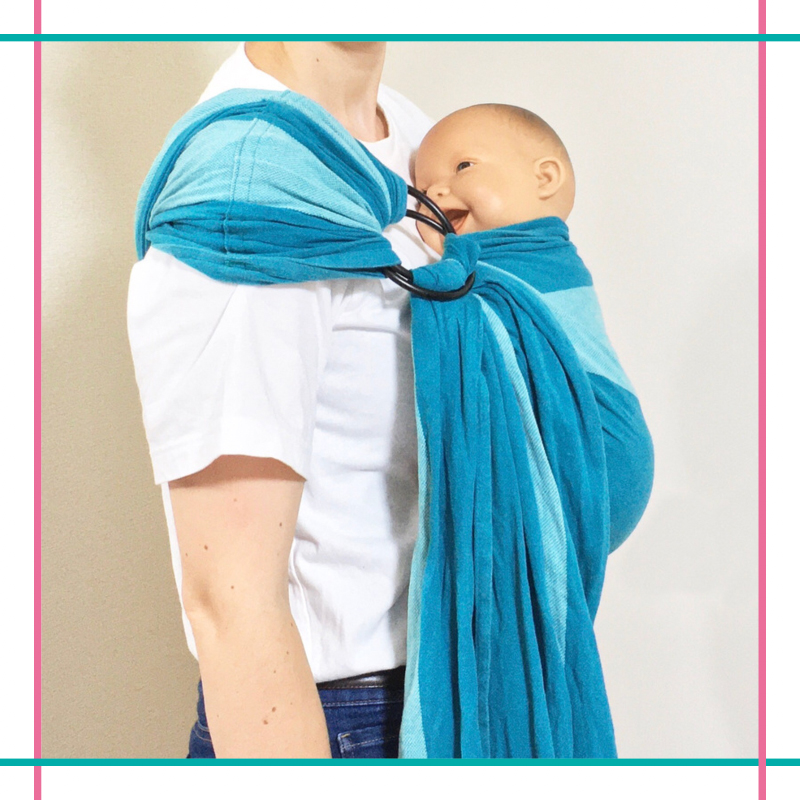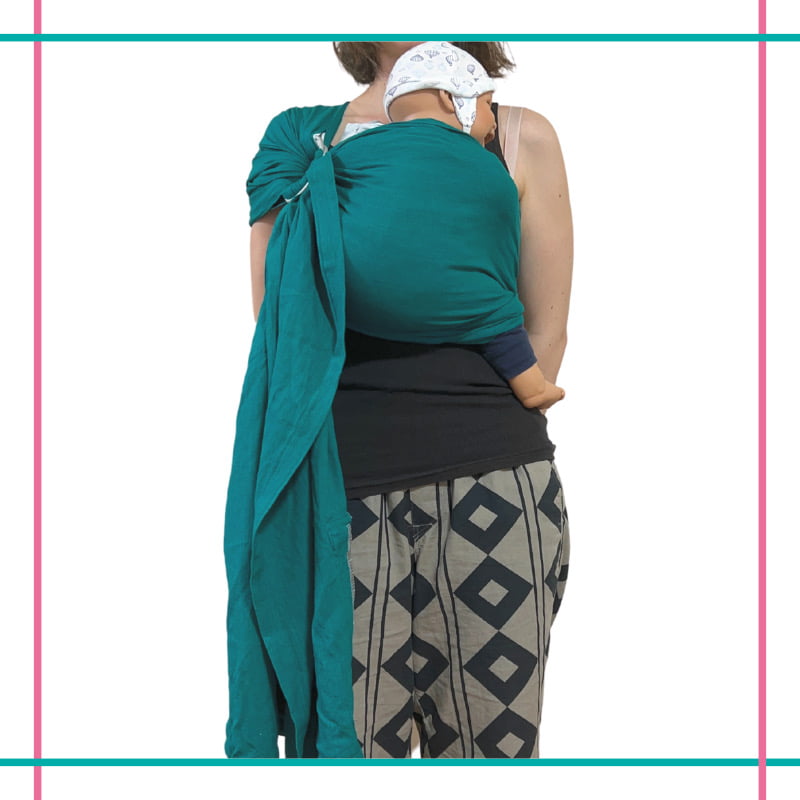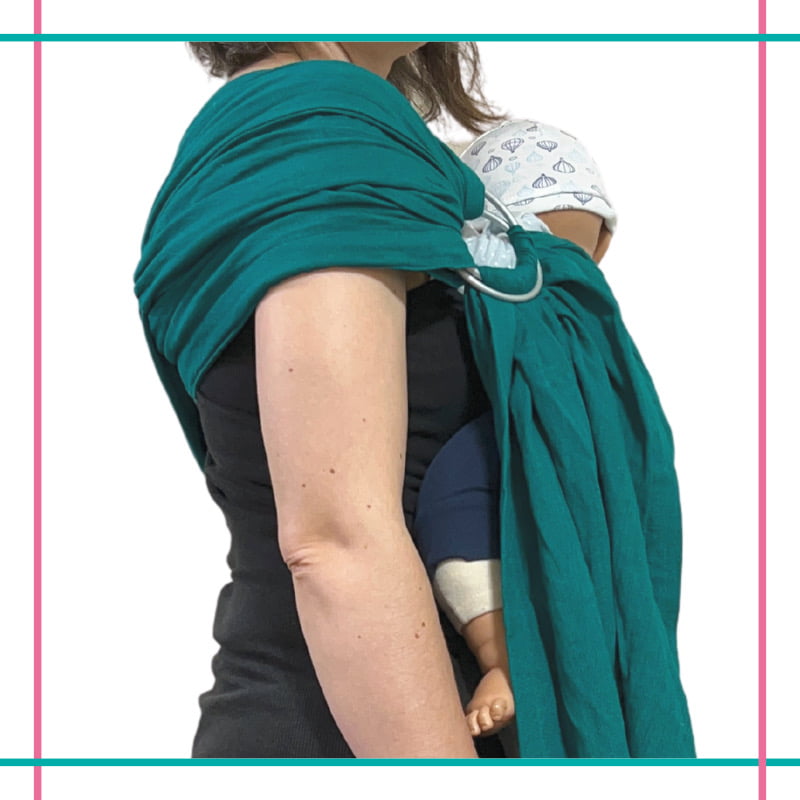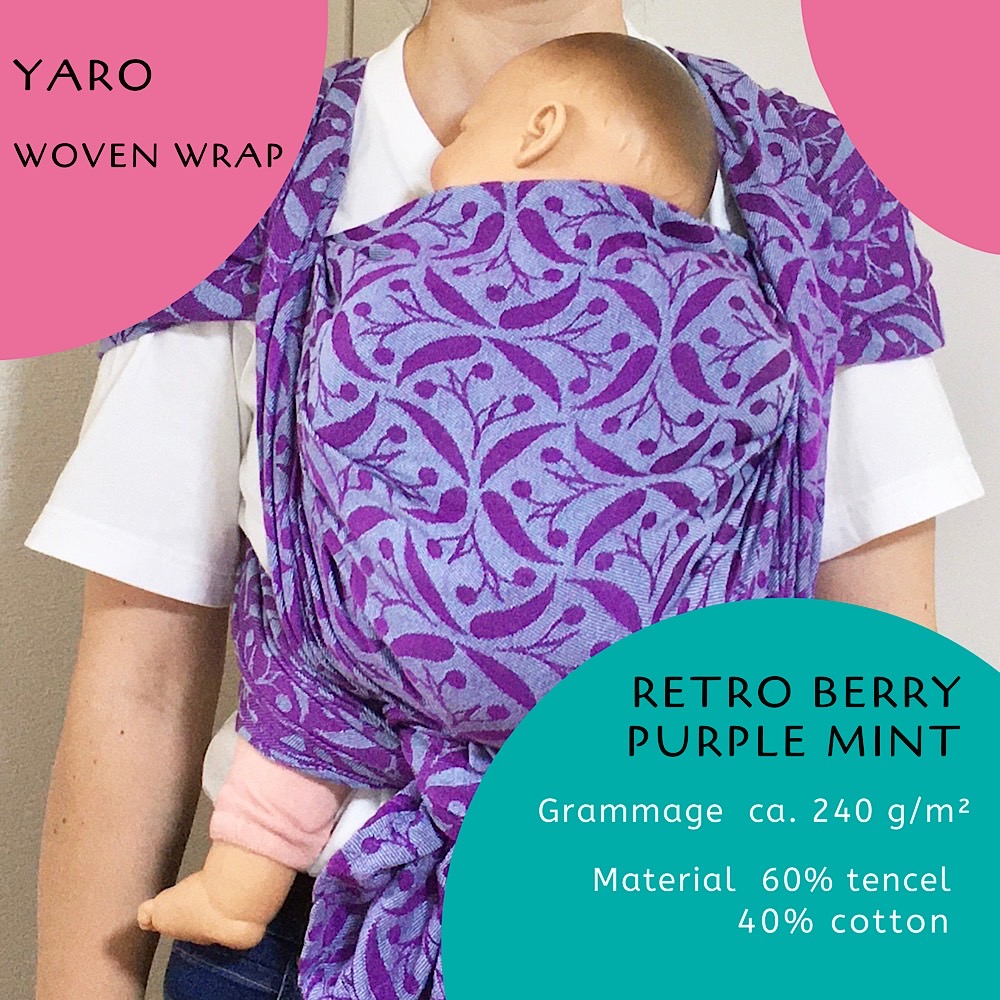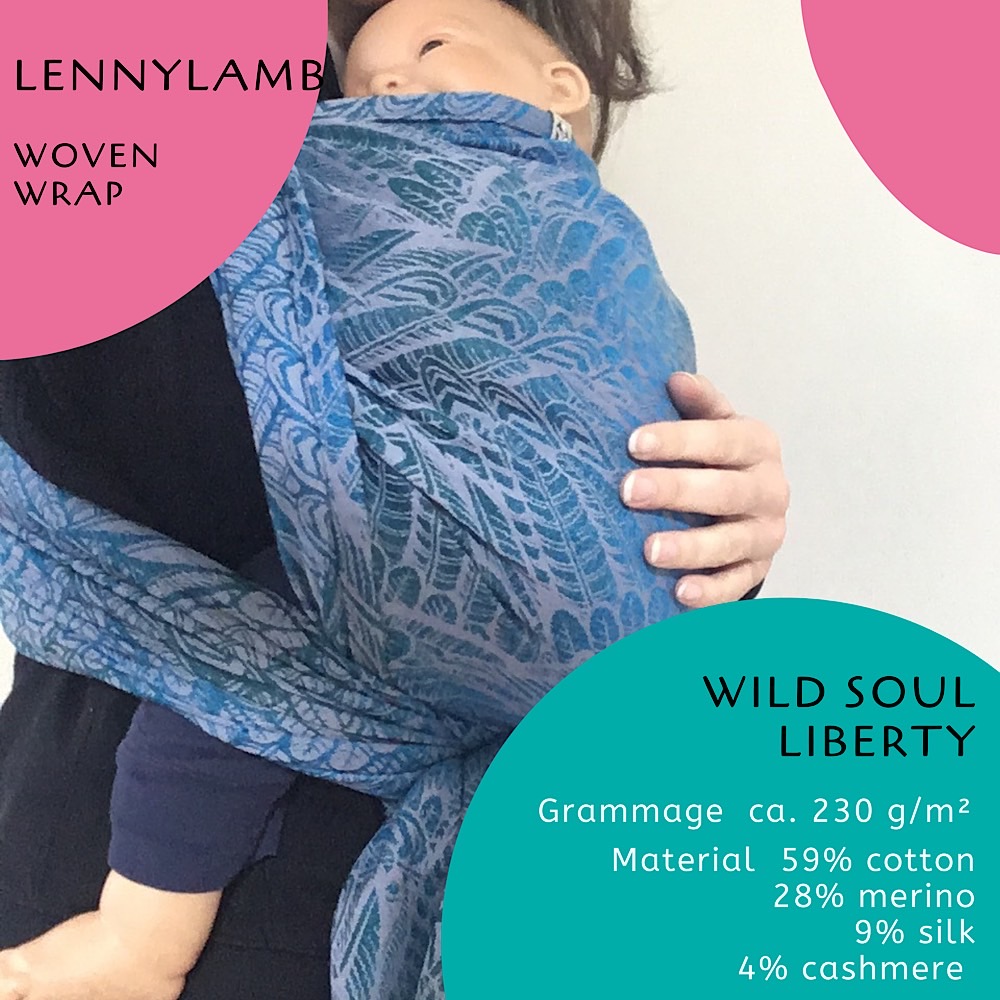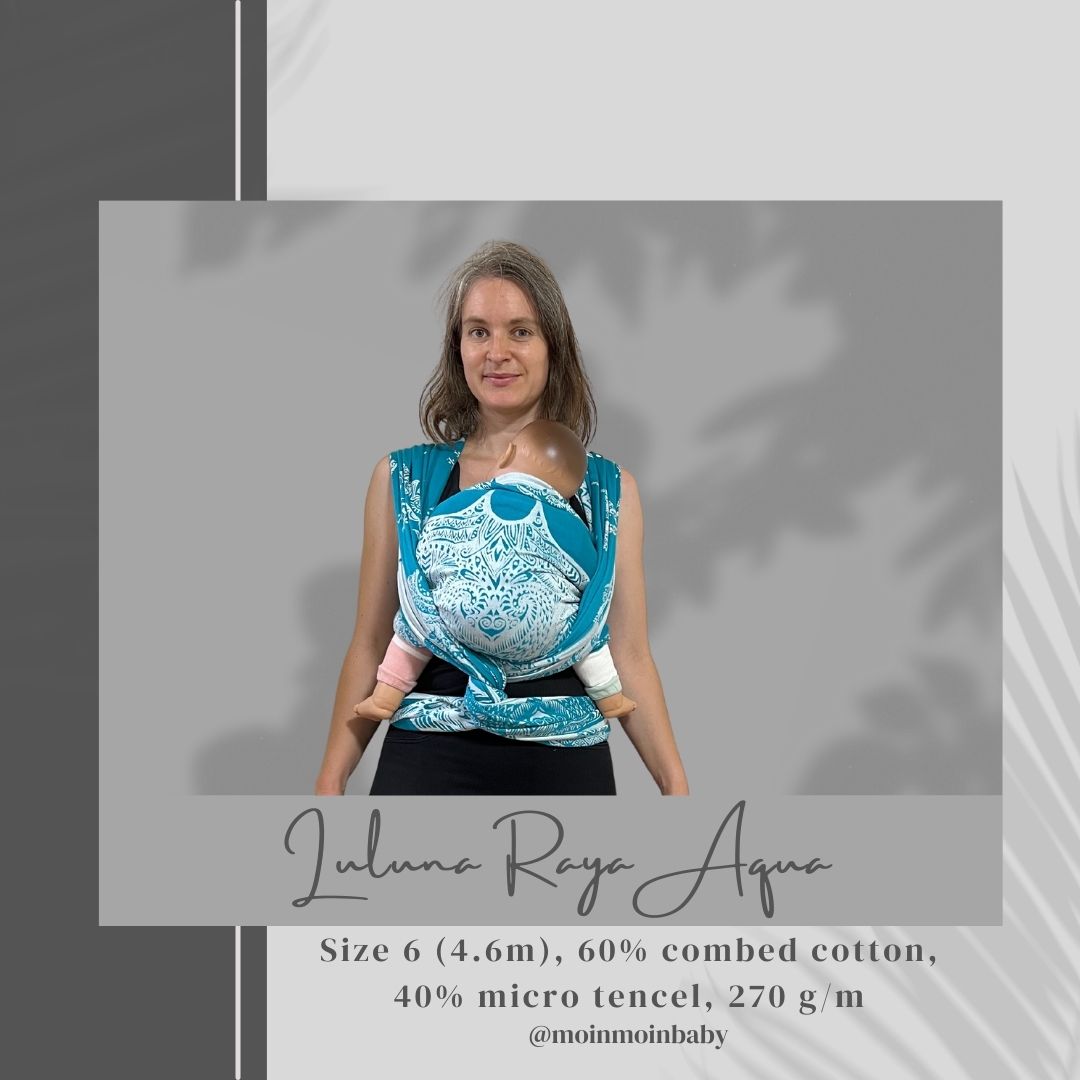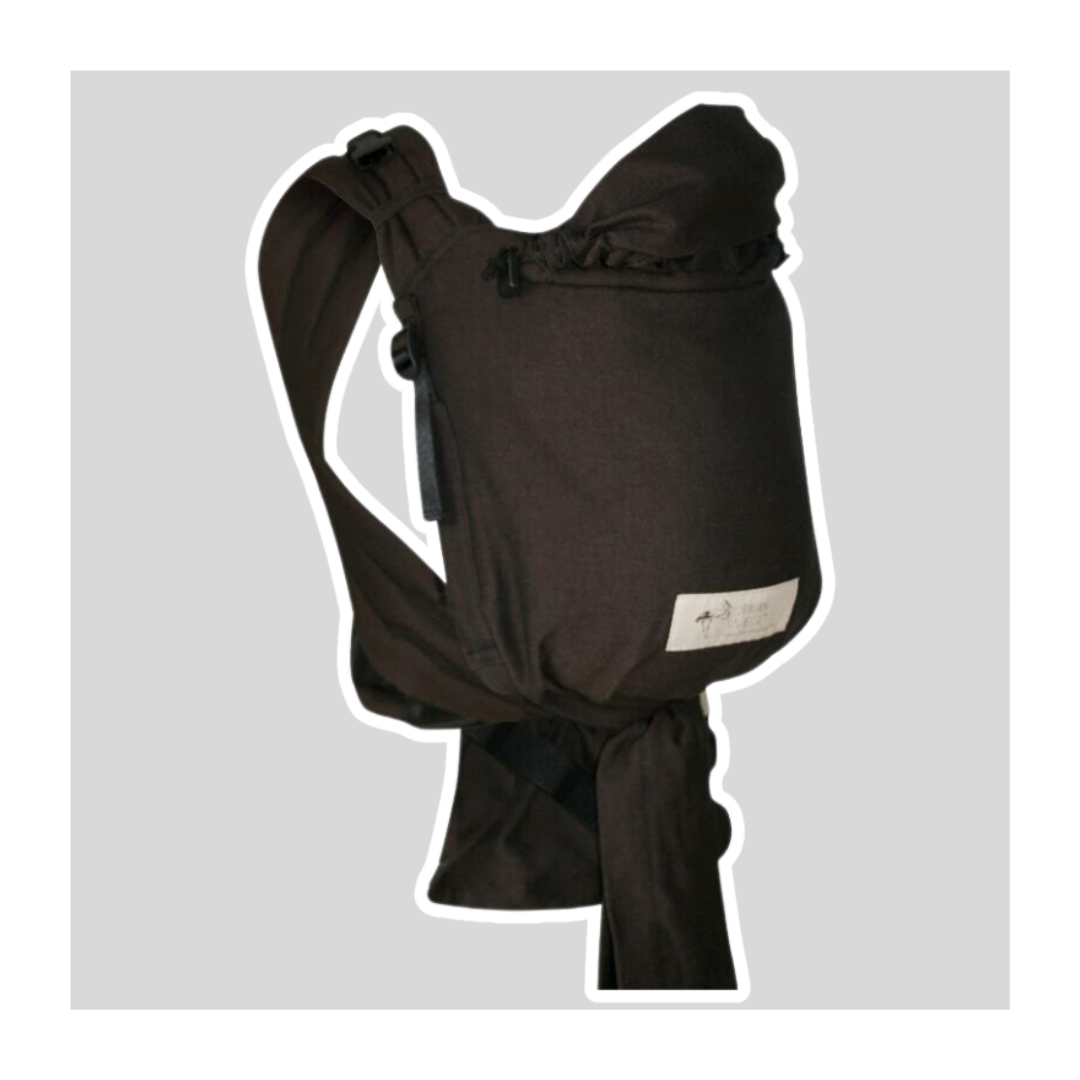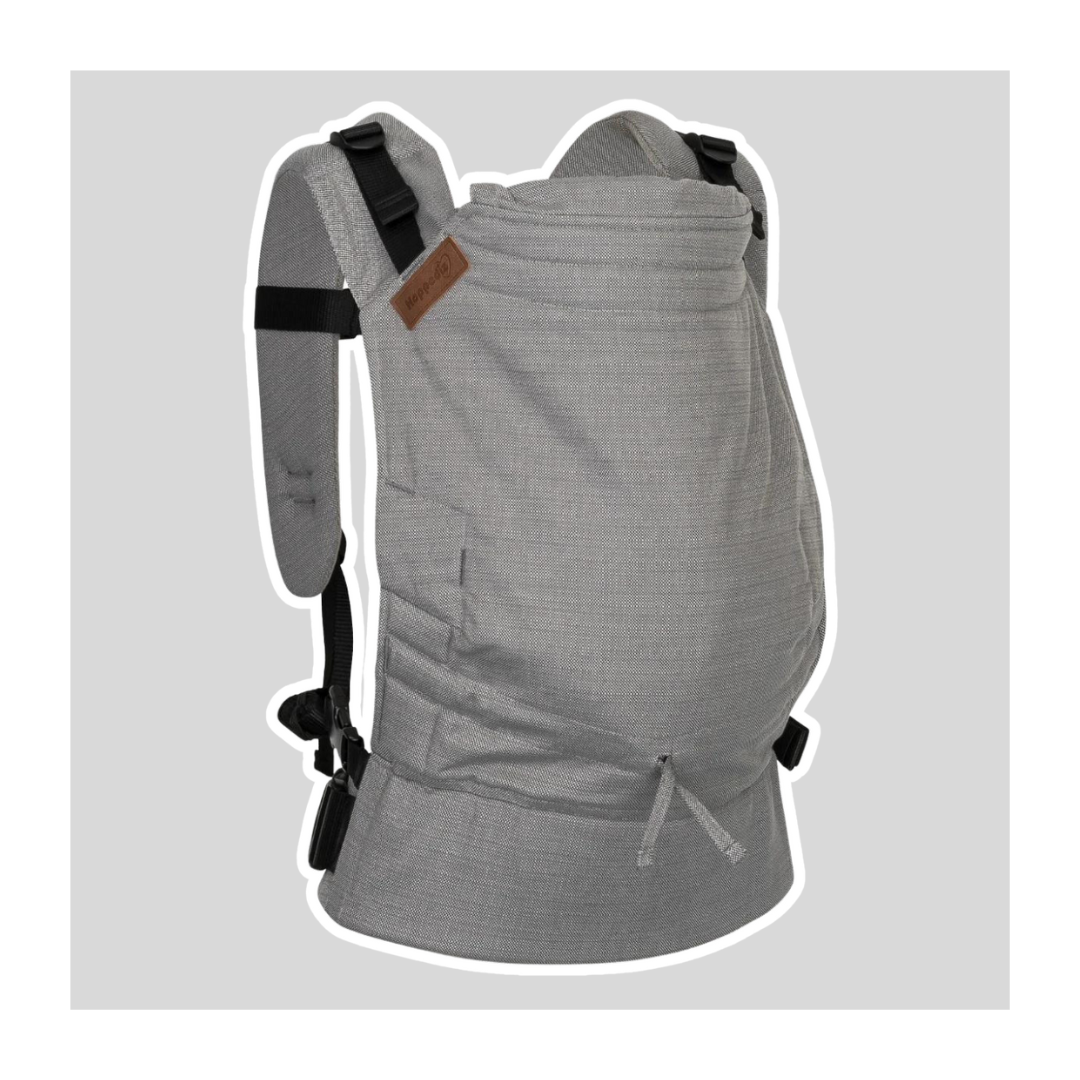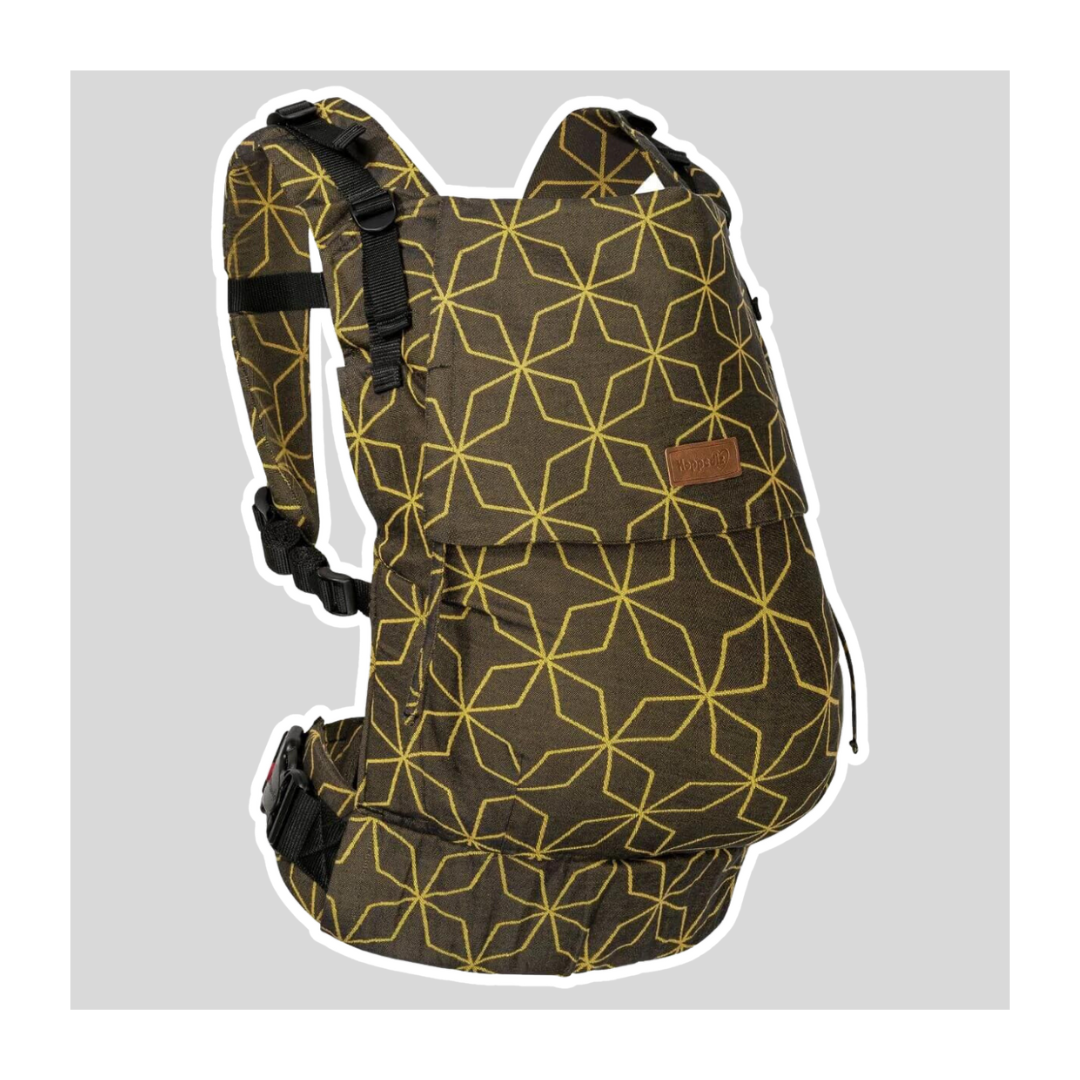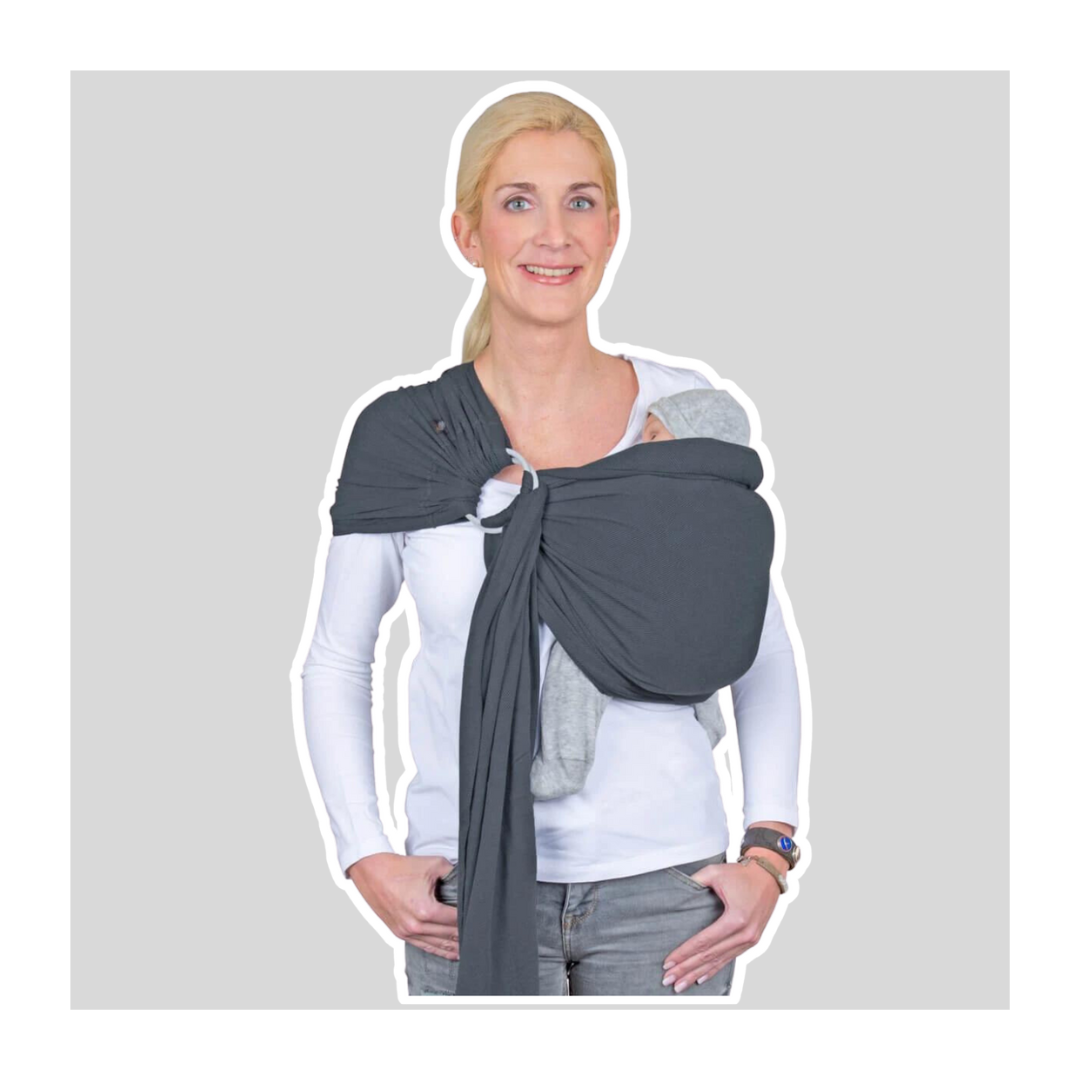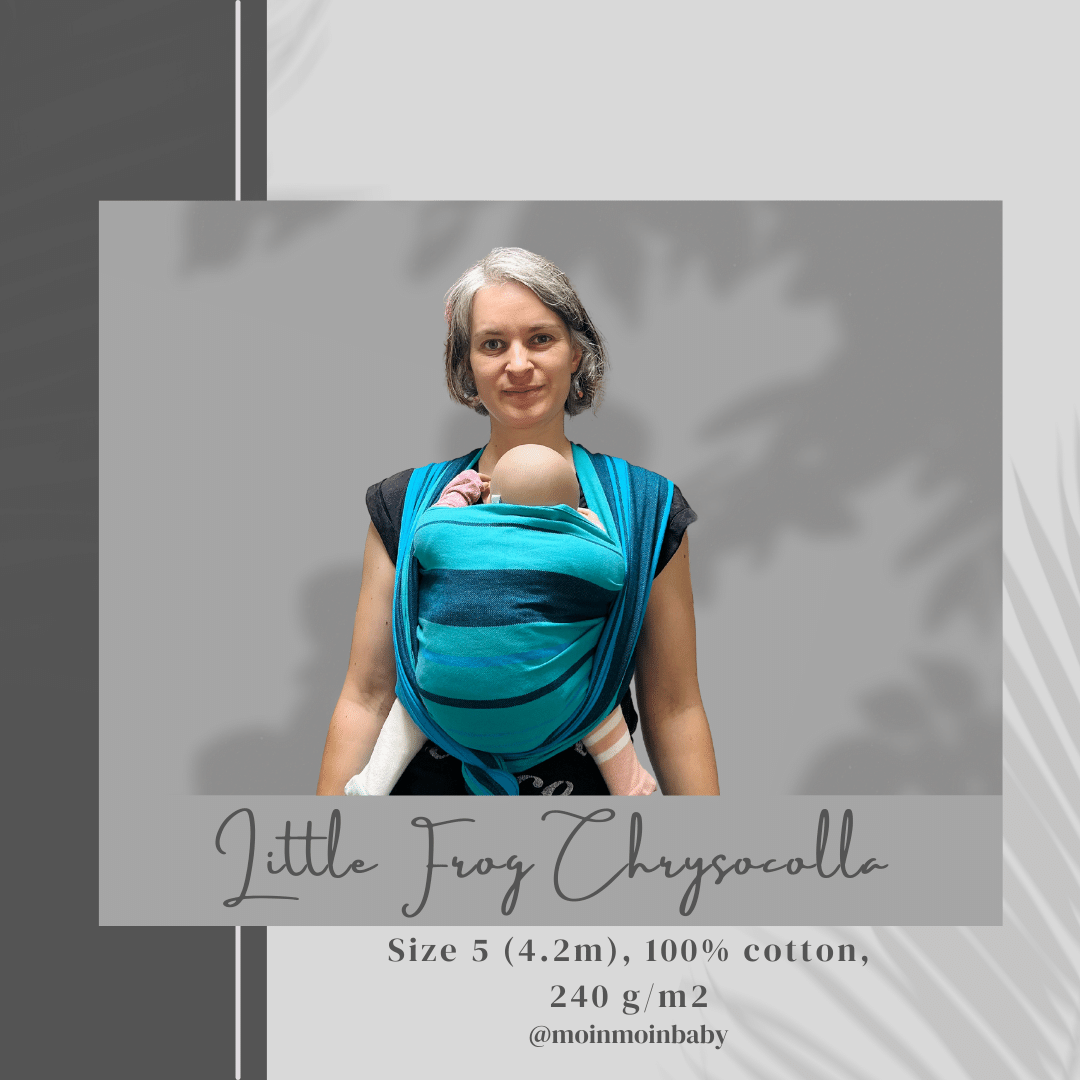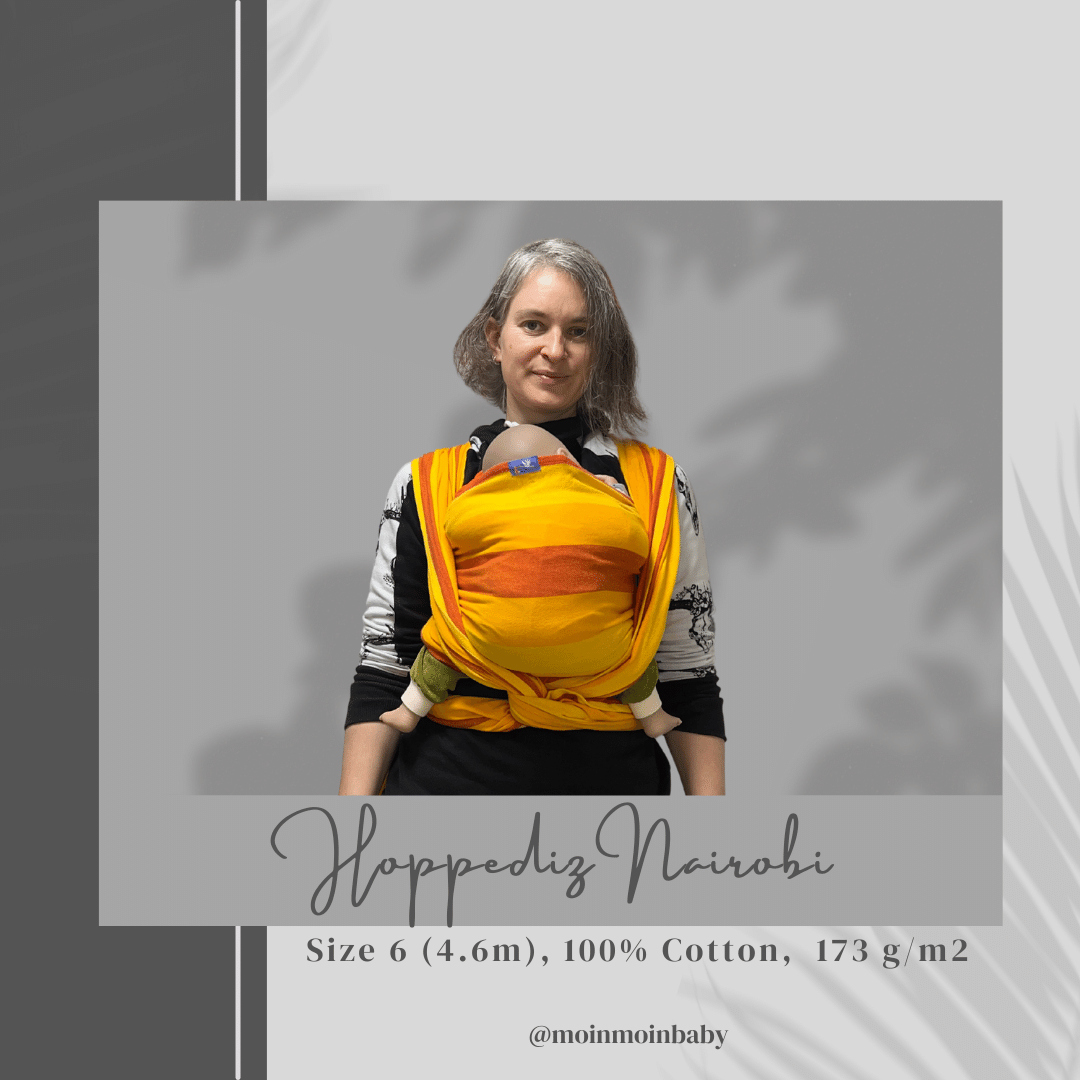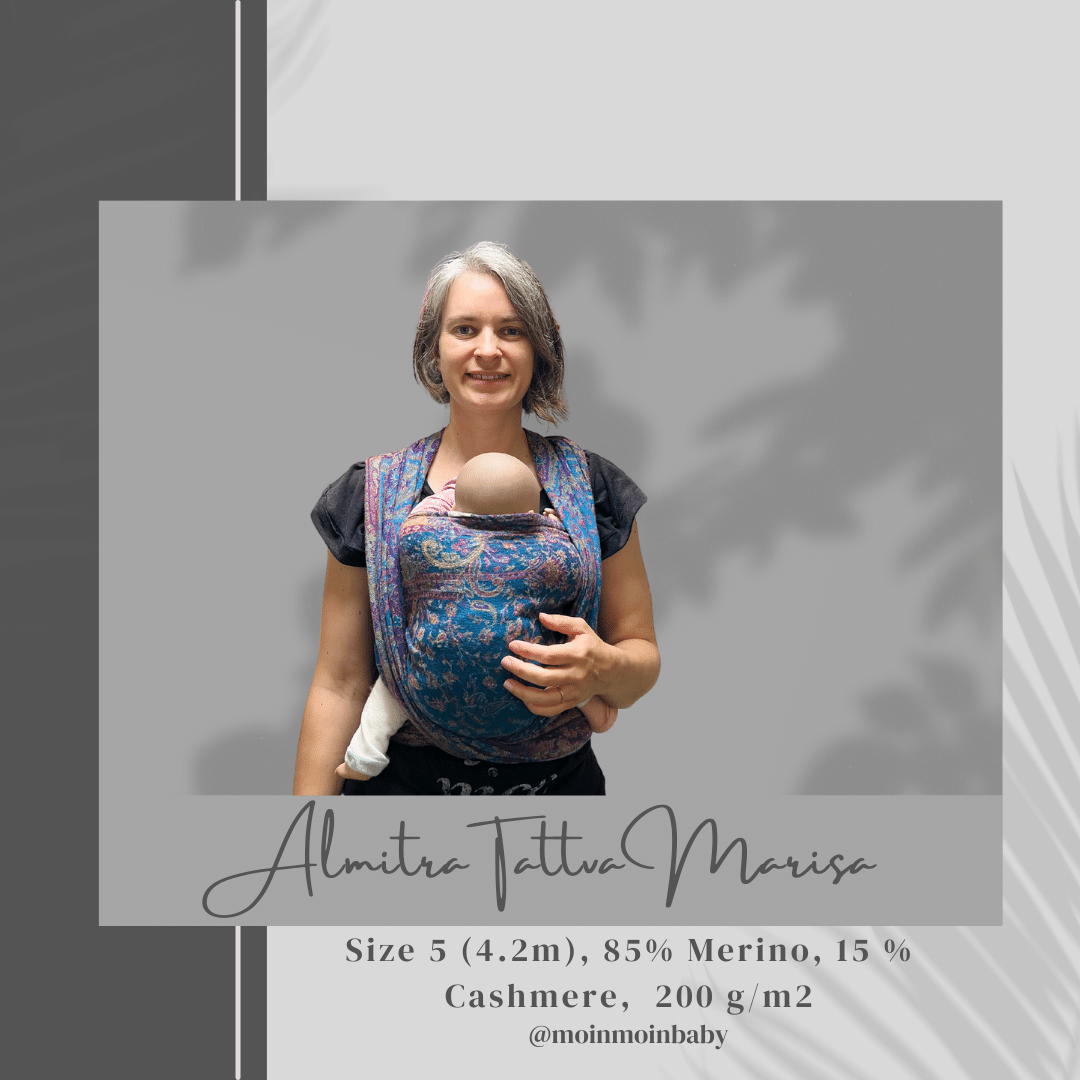The fear of holding a newborn upright
The fear of holding a newborn upright
All of you know it – newborns can’t hold the head up by themselves.
We always have to hold the baby in a way that the head is supported and the easiest way seems to be holding the baby in a horizontal position on our arms.
Most baby carriers though, are for an upright position and now, some questions occur.
☆ Is it ok for my baby‘s neck?
☆ Isn’t there too much weight lasting on my baby’s spine?
☆ Is this position safe?
Let us explore these questions together!
If you are a mother and already carrying your baby, you might have experienced that when your baby falls asleep, the head is often falling to the back and does not stay laying on your chest.
It seems, that the upright position isn’t the best for baby’s neck. Or, you need to somehow make your baby’s head stay where it is, like using the the hood of the carrier. When then reading that you shouldn’t put the hood over your newborn‘s head, you will definitely feel insecure and helpless what else you should do to protect your baby‘s neck.
You also may have heard that a baby’s bones, joints, and cartilage isn’t readily developed yet. Your baby still can’t sit or stand by herself and you also should avoid bringing her into these positions before she can do it by herself for reasons. So how does this fits together with the upright position in a carrier?
Also, you often read that it is important for baby‘s development to be on the floor. For example during tummy time. A baby needs to train the muscles and coordination of hands and feet which is necessary to learn crawling, and later walking.
But maybe, if carried a lot in an upright position, your baby might not be able to train enough?
I guess these are the most common concerns when it comes to newborns and babies in baby carriers.
I am a trained and certified babywearing professional who spent many many hours to read up on topics and browsing through scientific studies pro and contra babywearing.
The normal human baby
Human infants are defined as clingers. Like apes, our babies have reflexes to hold on to the fur and cling to a caregiver.
Of course, we do not have fur to hold on anymore, but the reflexes remained from the times we had.
However, being defined as clingers makes it normal and natural holding our babies.
Carrying our babies, in any position, or by using a carrying aid or not, is natural behavior for humans. A human infant is made to be carried.
It’s not only determined by the clinging reflexes. The moro reflex and also the crying when being put down or let alone, are part of our heritage as clingers.
After making clear that it is normal to carry a baby, in arms or with aids, let’s look at how to best carry a baby!
The history of babywearing
When looking at the history of babywearing, there are many different methods around the world. Going and telling a culture that their way of carrying newborns is „wrong“ is definitely wrong!
There are cultures where newborns are only held in arms. Where newborns are carried on the back lying horizontal in a cloth (some areas in South America), or being upright on the back in a cloth (some areas in Africa).
If these carrying positions wouldn’t be safe, they would surely have changed over the years. However, a lot depends on the knowledge how it is done, and the fabrics used!
The methods there were handed down from generation to generation and we can be sure that these people know how to do it safely.
We in the developed countries however, have lost this knowledge because it became unpresentable to carry a baby. Better use a stroller/pushchair!
Or, depending from where you are from, your culture might have included to wrap up your newborn, tie it to piece of wood, and let it dangle from a tree while working on the fields. In my opinion, having lost this culture may not be the worst…
Thanks to all those cultures who protected their heritage of carrying newborns and babies, we now have many modern devices for carrying babies.
I won’t dive too deep into the history topic, but our modern carriers and wraps were invented after discovering the African and Middle American carrying cultures.
Understanding the modern carriers
Most of the first carrying aids didn’t pay much attention to baby’s needs, physiology, and development. Only with time and more and more research about this topic, the baby carriers turned into those we have today.
But still, some of the outdated carriers remain on the market…
This whole situation makes it necessary to understand how a modern carrier functions and how it is properly used.
Horizontal carrying (cradle carry)
Let me start with the horizontal position in carriers and slings.
Here in Japan, it is important to know that we have a culture of carrying babies on the back. This means, even though Japan has a long and rich culture in carrying babies and never lost the knowledge about “onbu”, the society has no knowledge about the modern upright carriers.
It was always advised to carry a newborn horizontally in arms and to always support the head. This was considered safe.
This is also the reason why Japanese manufacturers of baby carriers created a system where you can carry your baby horizontally in front of your belly. This was then the newborn carry method. The carriers can be adjusted to use in an upright position from when baby can hold its head.
These carriers are like a little baby bed you carry in front of you. Safety-wise, they are ok. However, for you this is not the best position. To prevent back pain, problems with the pelvic floor, and balancing, it is best to carry heavy weights closely attached to your body. Best on your back.
Then there are slings and pouches. Those recommending the horizontal carrying position, also called cradle carry, are relicts of old days.
While the cradle carry in ringslings (a rectangular piece of cloth with two sewn-on rings on one side) can be done safely, this carry is potentially dangerous in pouch-like slings.
Actually, after some suffocation incidents in these kinds of slings, there was a recommendation for carrying babies in the upright position.
You may remember that I wrote in the beginning, that some cultures in South America use to carry their babies horizontally in a cloth on their back.
This is not dangerous since they KNOW how to do it safely and use a cloth that is known for being breathable.
It is also possible to use the pouch slings without anything happen, however, the risk is higher than in other carriers.
You can read even more about the cradle carry in my blog post about this topic.
Cradle Carry – Why we usually don‘t recommend it
Carrying in the upright position
Now, let’s dive deeper into the carriers featuring the upright position.
If suitable for newborns, the carrier is designed to hold and support the back of the baby and the head of the baby.
Newborns are not carried upright in front of our belly, but in front of our chest.

https://carryingmatters.co.uk
This makes it possible for baby to rest their head above our breasts on our chest and it doesn’t have to hold the weight of the head by itself.
If put on correctly, the carrier should support the neck and head in a way that the head can’t fall backwards. However, it leaves enough room for the baby to move the head.
All this is considered training for the neck muscles and has almost the same value as tummy time. Experience shows that babies who were carried daily in the upright position can often hold their head earlier than babies who were exclusively in the stroller.
Please note that there is nothing like a competition when it comes to baby’s development! What is important is that your baby reaches milestones in an appropriate time. The timeframe for reaching it can vary by months and there is nothing wrong with it! Being exclusively in the stroller but loving tummy time and doing it often can have the same results as babywearing and no tummy time!
This only proofs that carrying in the upright position has positive impacts on baby’s development.
When the fabric embraces the back of your baby and supports it well, there is no need for your baby to actively hold the weight of the body in the upright position. Even when loosing body tension when sleeping, the carrier will hold your baby upright.

https://carryingmatters.co.uk
The human spine is formed in a way to absorb shocks from walking.
Having the baby in an upright position, baby’s spine can way better absorb the shocks we create with our steps than if being in a horizontal position.
Also, when being upright and in the M-Position (spread squat position), the development of the hips is supported in the best way.
Many modern carriers are designed to be usable with small babies and toddlers alike. However, it is very difficult to create a carrier that is so adjustable, that it really supports kids of all ages.
Imagine a onesie that should fit a newborn and a toddler! You would need to adjust the size in so many places to make it fit.
It is the same with baby carriers.
This results in carriers, where compromises in design were made. So while promising to fit newborns, it often is impossible to make it fit every newborn!
Even if your baby is within the recommended weight, it doesn’t mean the carrier really have to fit your newborn.
The newborn phase is more or less the first two months out of the womb (for on-term babies). The first few weeks, first-born babies are often not carried in a carrier anyhow. Only when there is an older sibling, the need for a carrier for your newborn raises.
Conclusion
A carrier is then good, safe, and fitting your newborn, when the seat is adjustable in a way that the knees are higher than the bump (M-Position), the back is supported by the fabric, baby won’t slump when falling asleep, and even if awake the baby doesn’t have to hold its body up by itself, and, when the head and neck is supported in a way that it can’t fall backwards but leaves the airways free and baby’s face visible all the time.
If you are in a position where someone tells you carrying a newborn upright isn’t safe until it can hold its head, don’t get insecure. If the baby carrier is good and made for newborns, it is safe and even actively supports baby’s development and strengthening its muscles and sense of balance.
Positioning and baby devices impact infant spinal muscle activity
Using a carrier in a way that it doesn’t support the newborn’s neck or back well, for example when worn too lose, will not automatically result in your baby getting damaged or suffocating. However, there is a higher risk for these.
On the other hand, there is also not a 100% safety that nothing will happen when doing everything right. The a..hole named SIDS can happen everywhere: in a crib, in a bed, on the floor, in a carrier.
What we CAN do is minimizing the risk.
In my sling library, I marked the carriers that are most often also fitting newborns.
I hope, you feel well informed now about carrying a newborn in the horizontal or upright position!
More scientific studies:
Exploring infant hip position and muscle activity in common baby gear and orthopedic devices





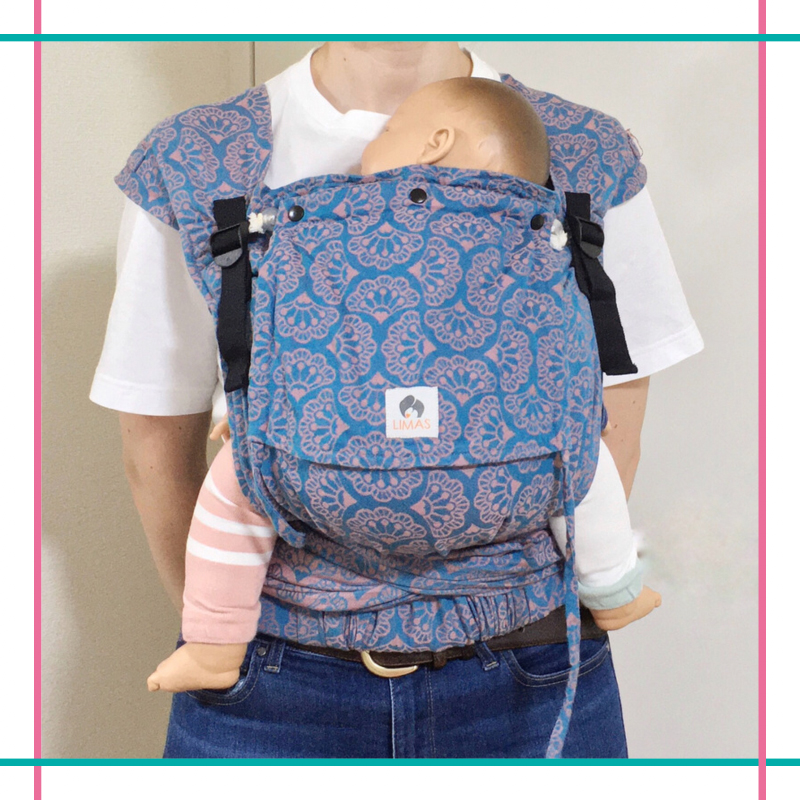
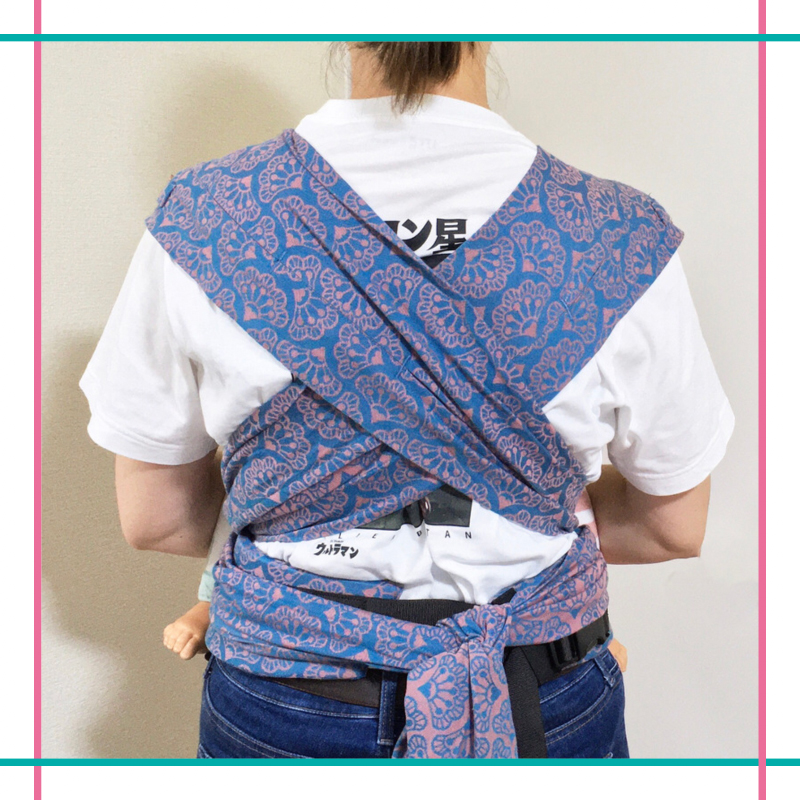
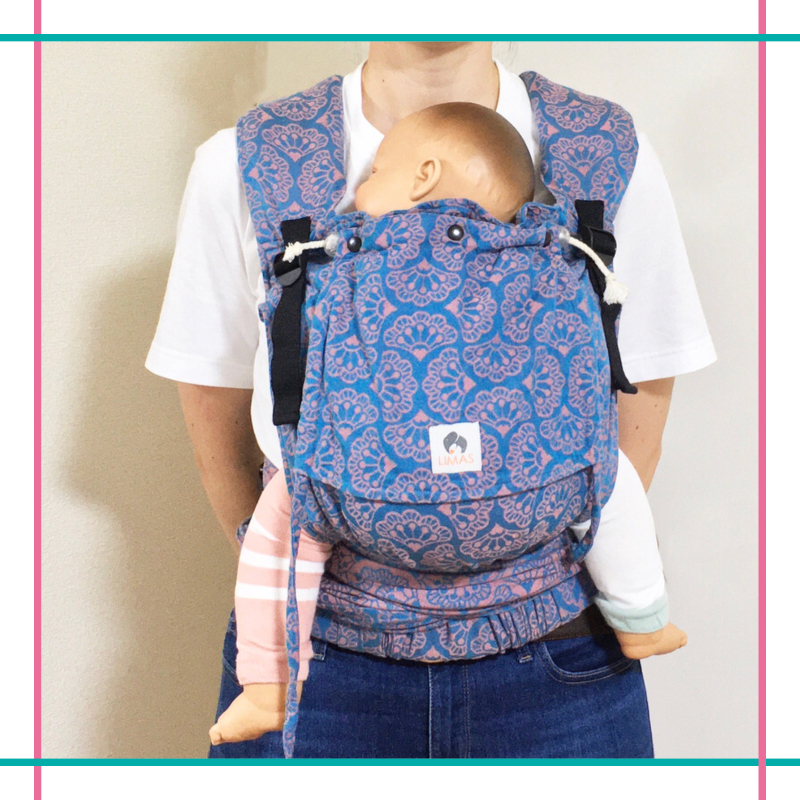
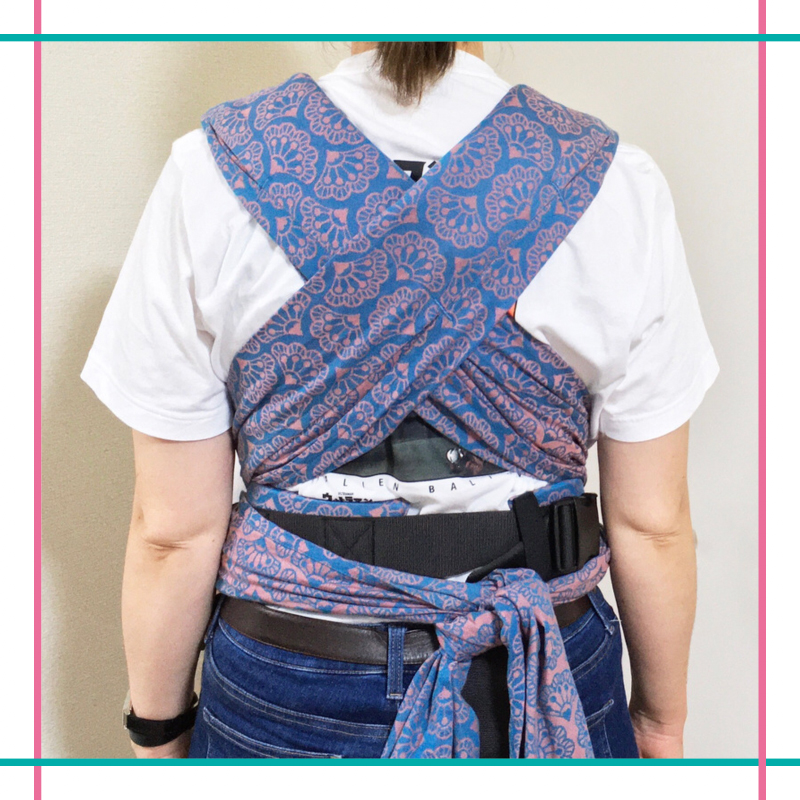
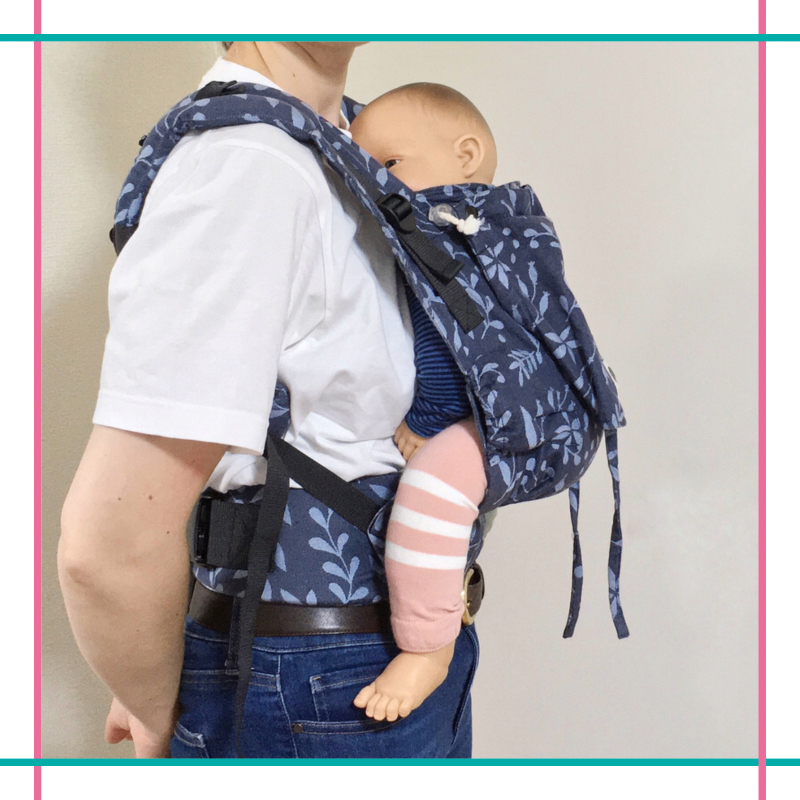
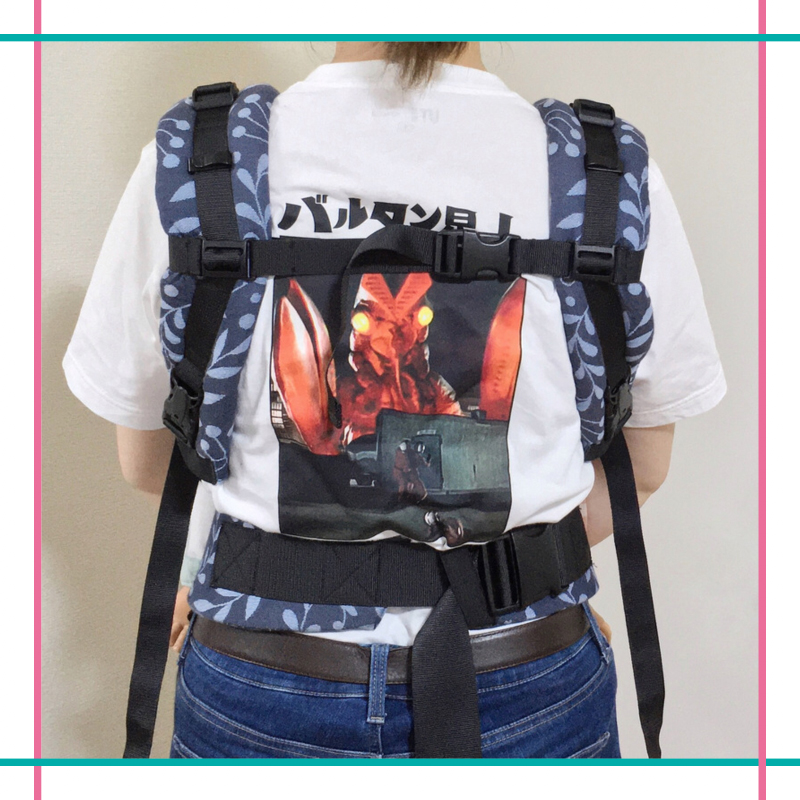
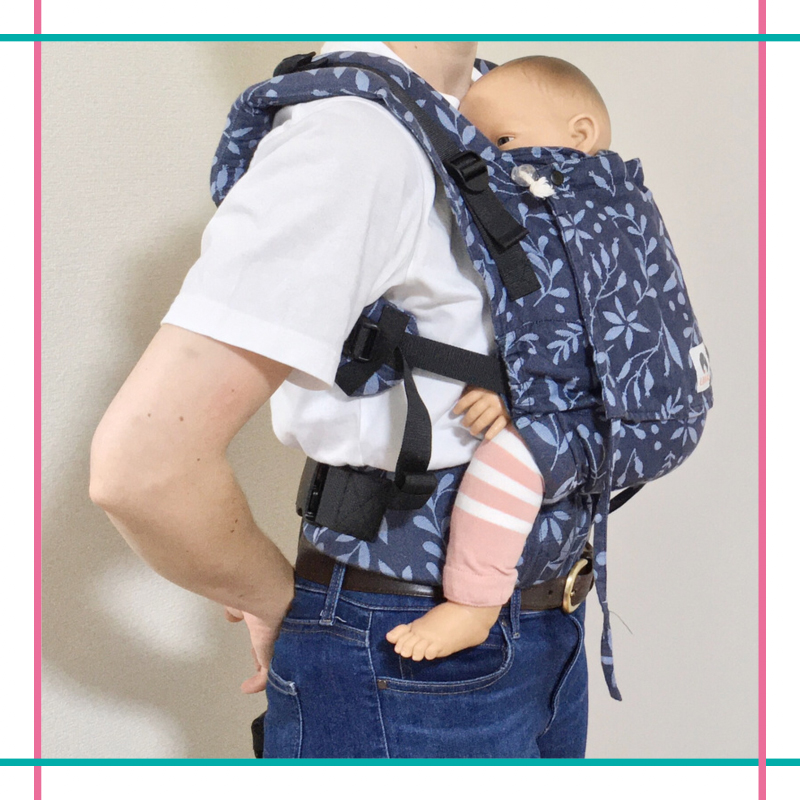
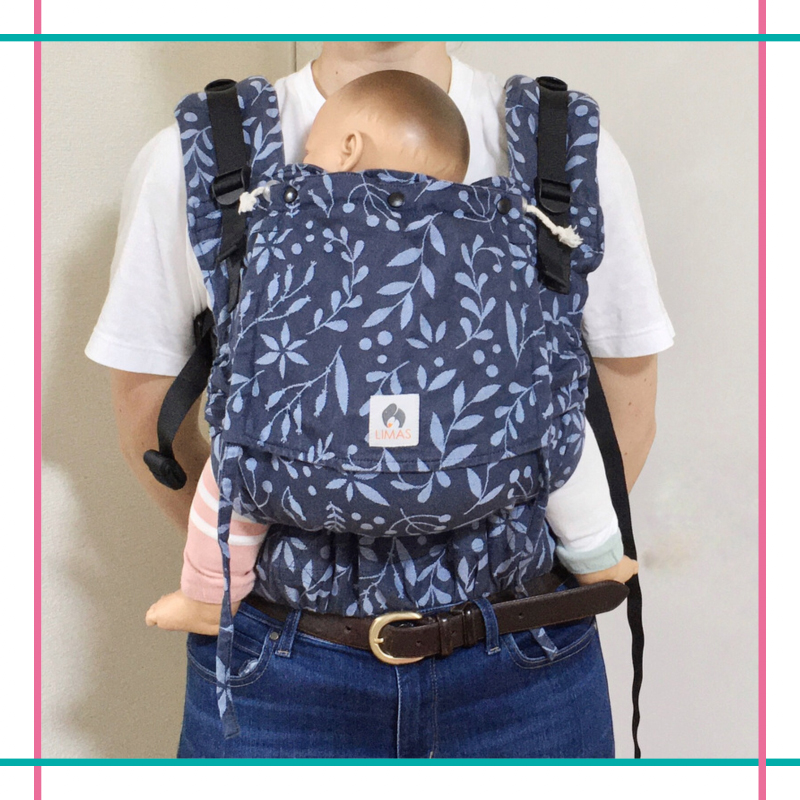


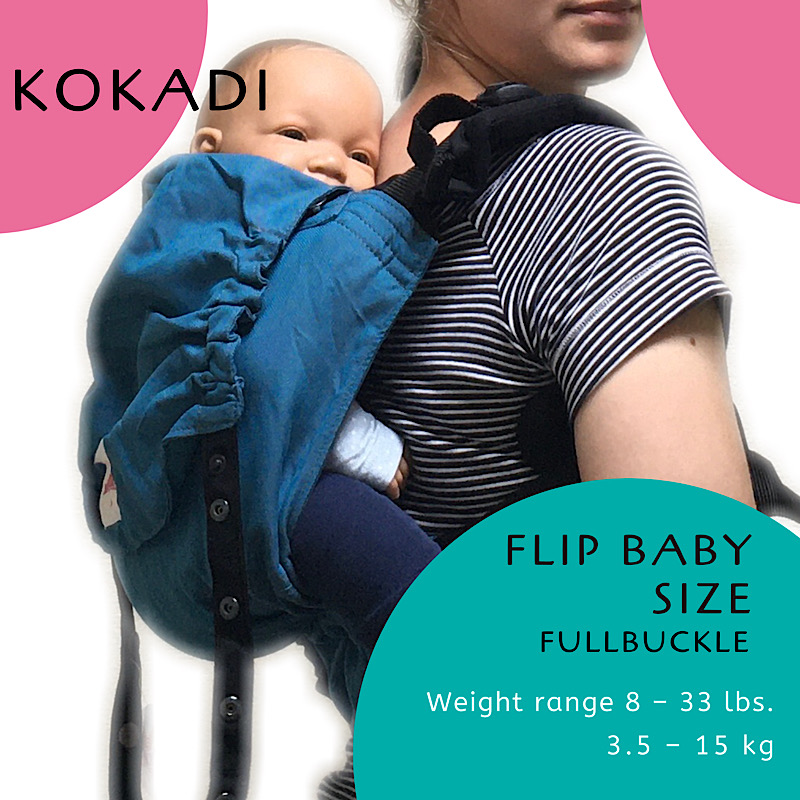
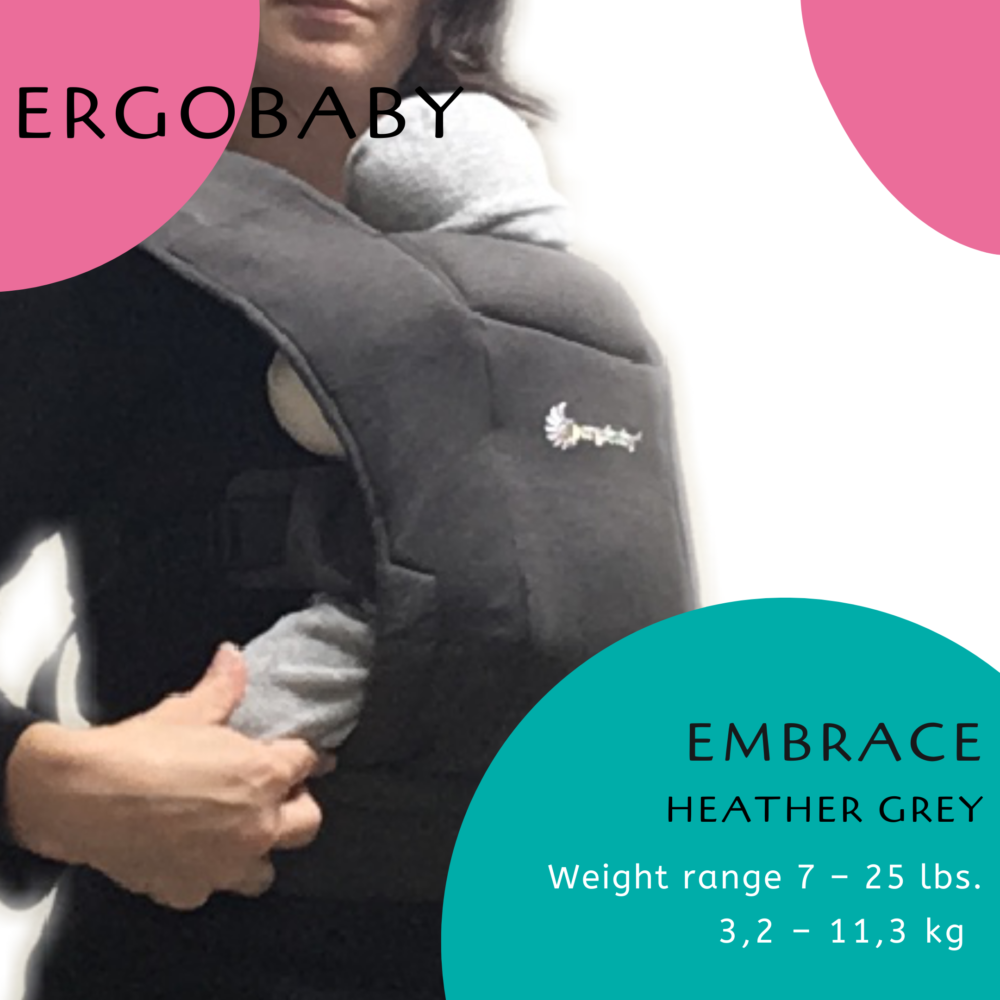
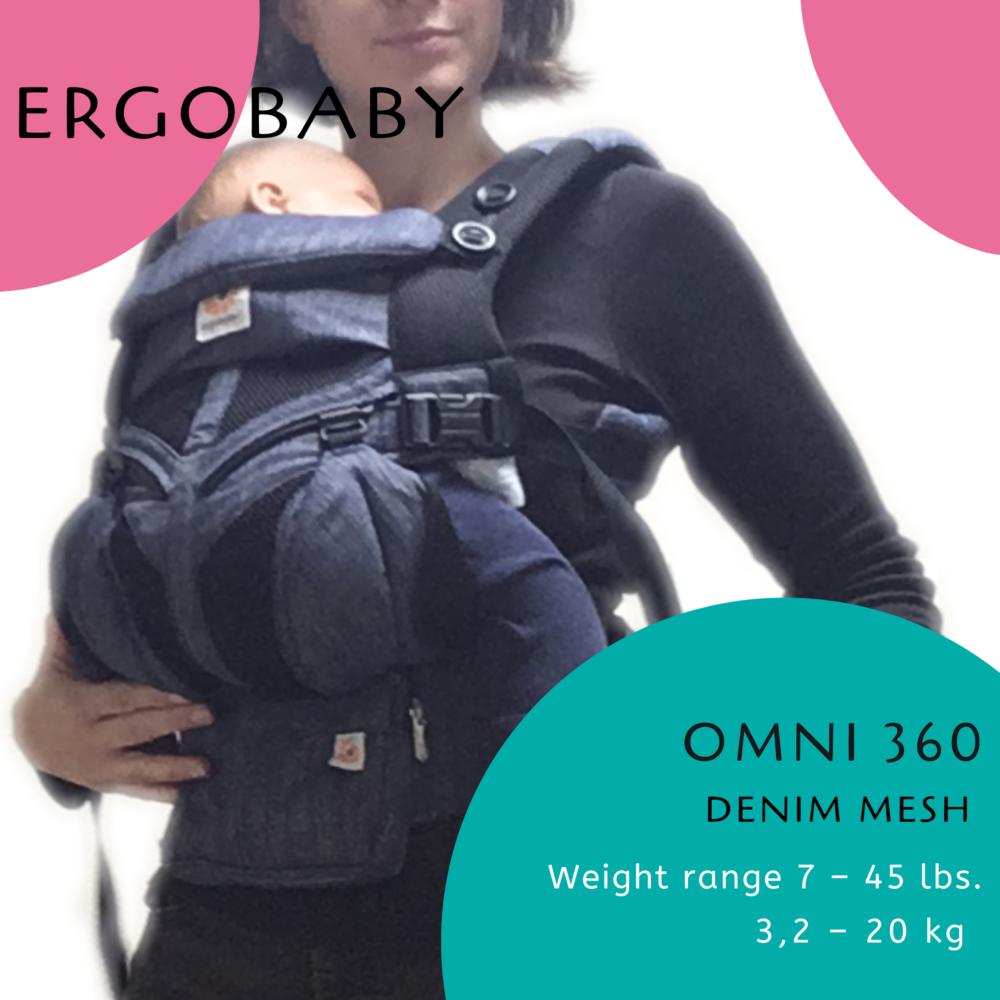
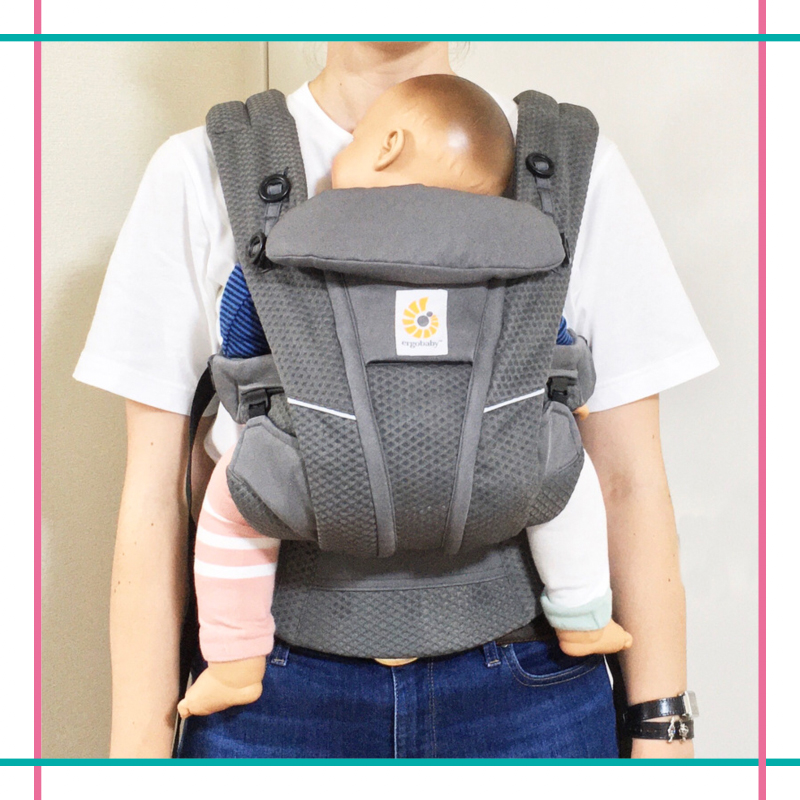
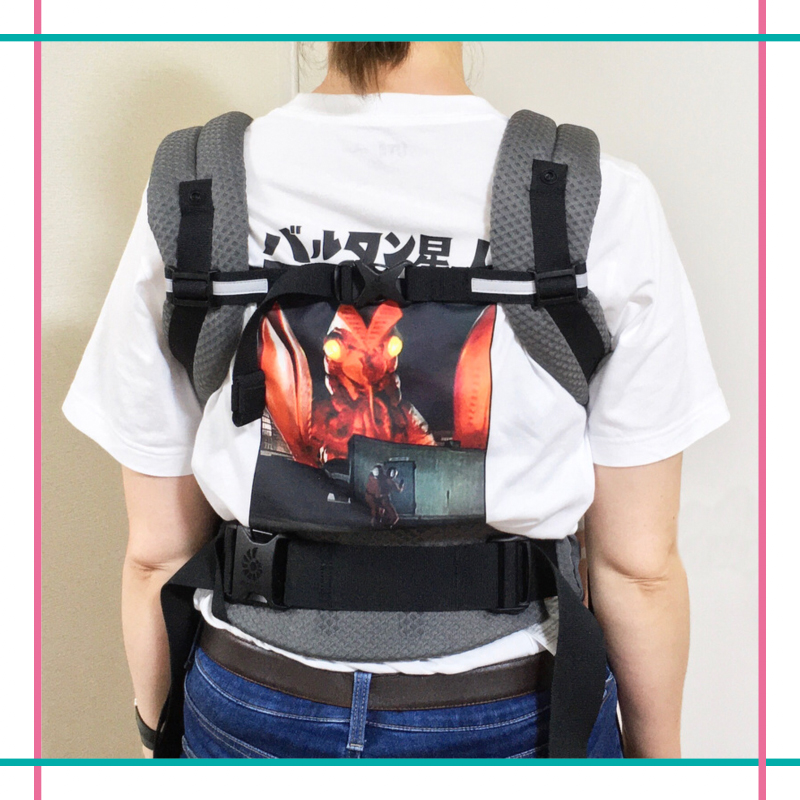
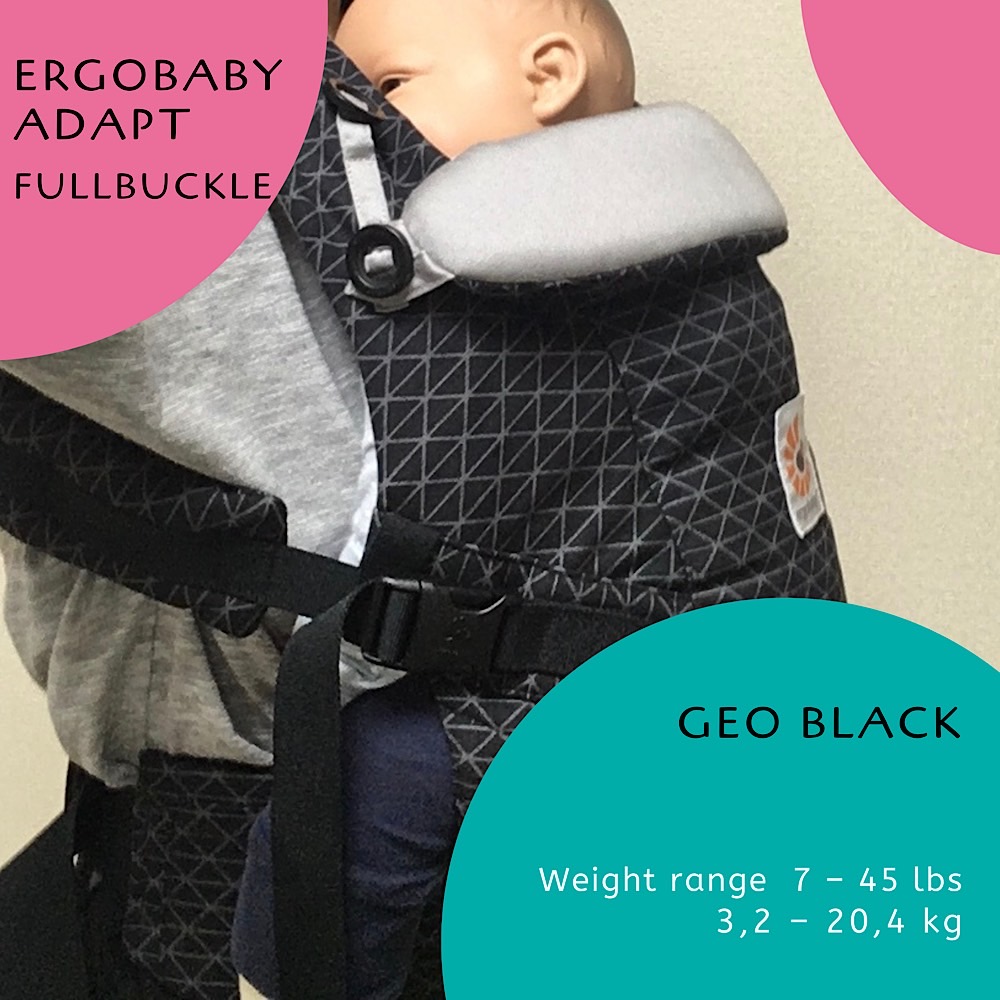
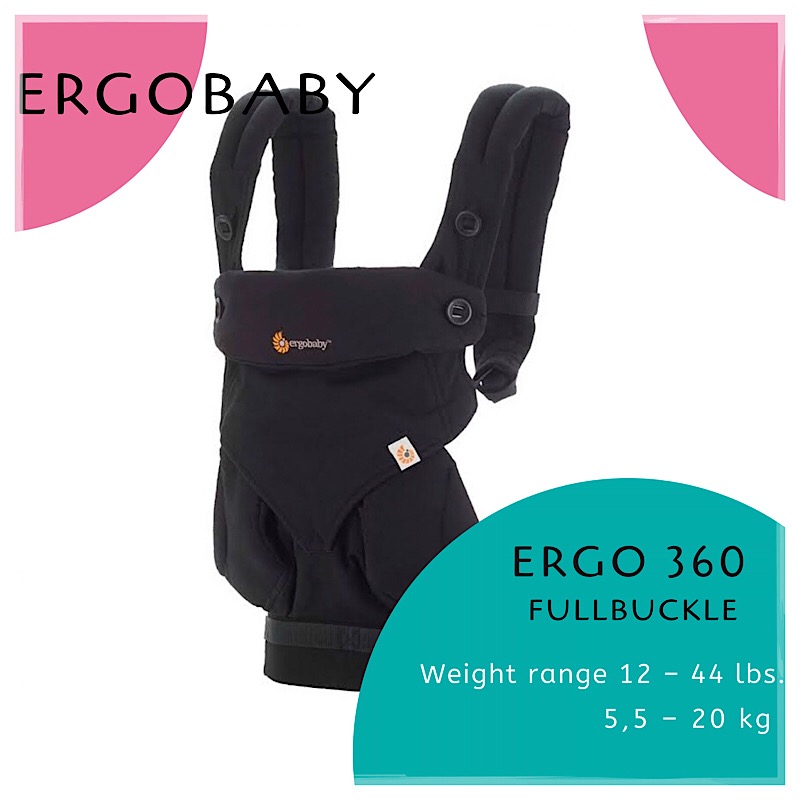
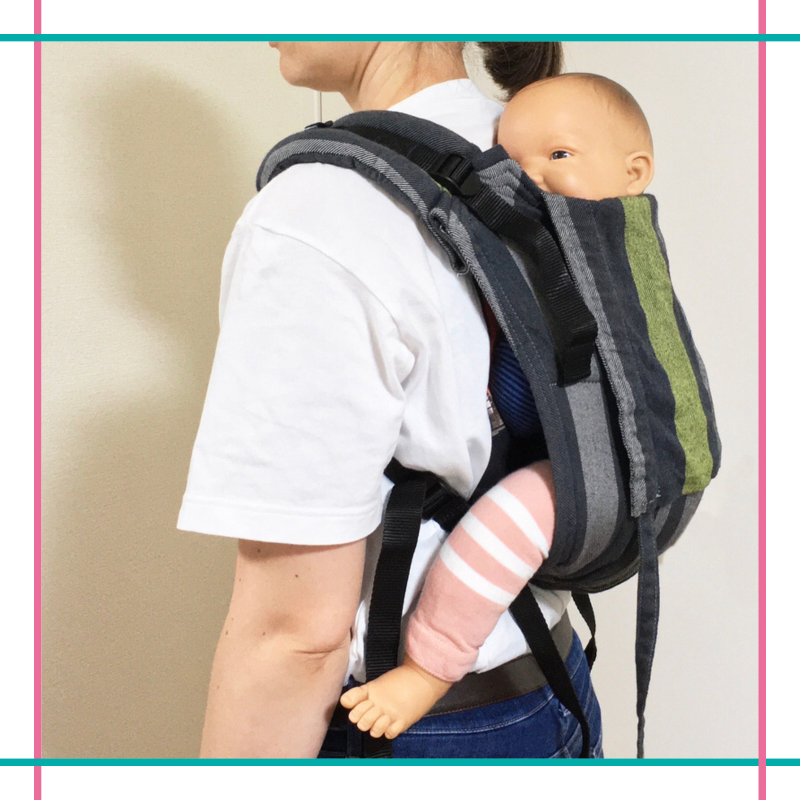
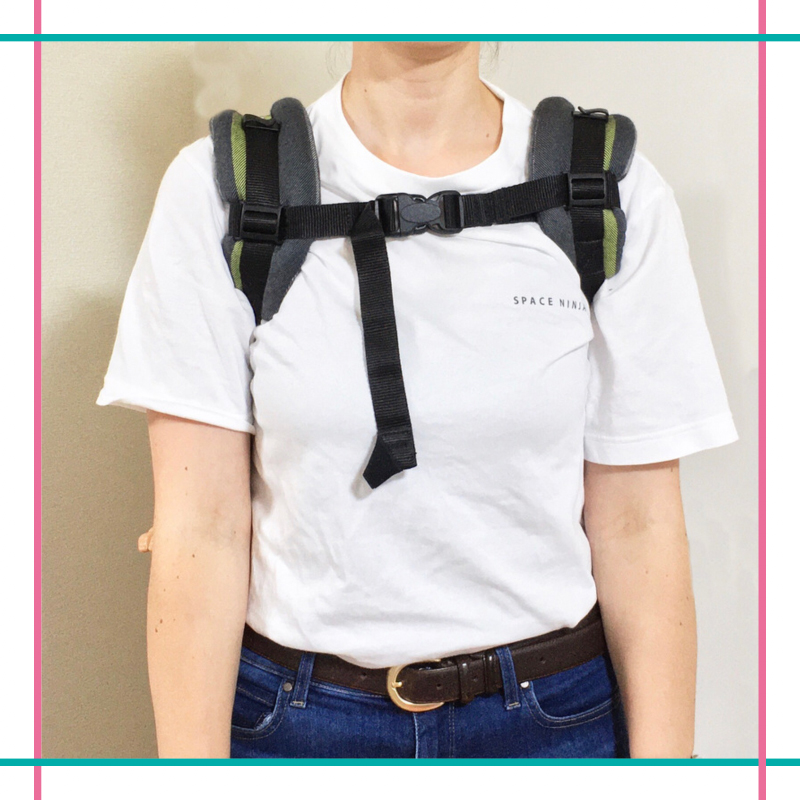

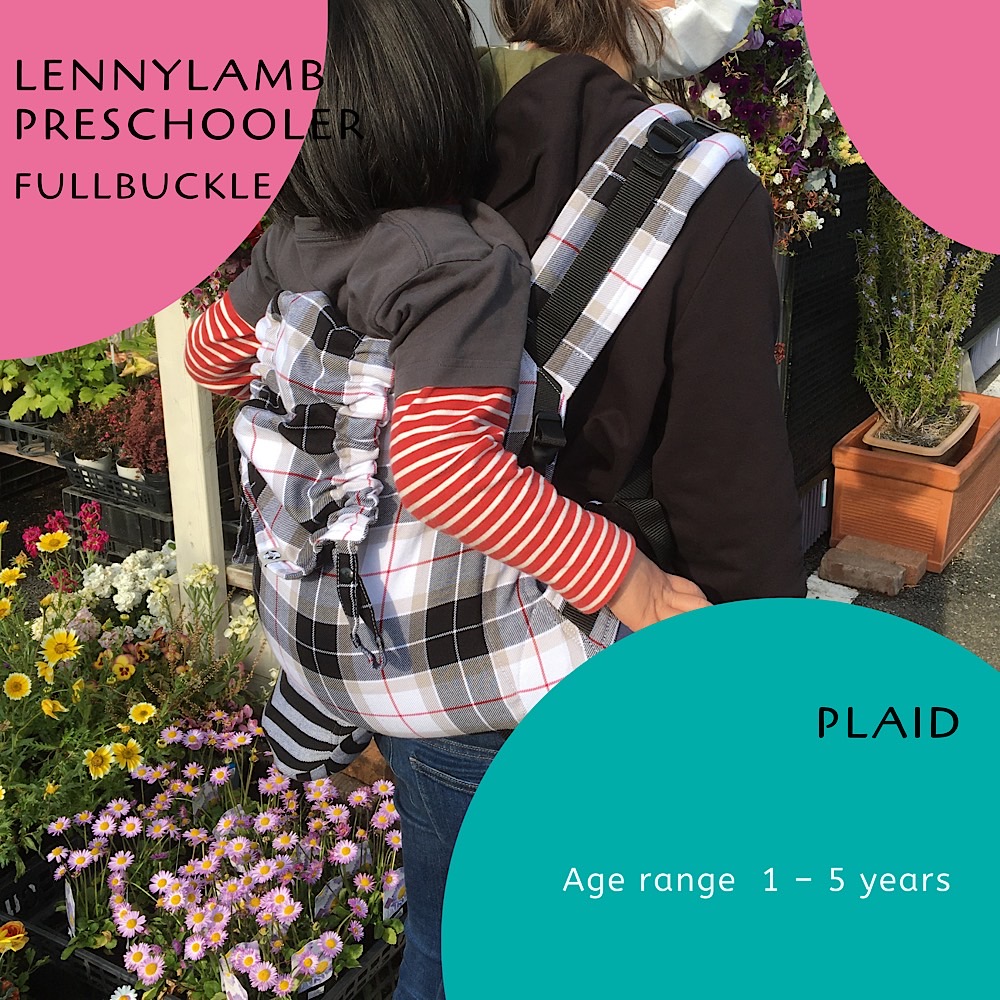
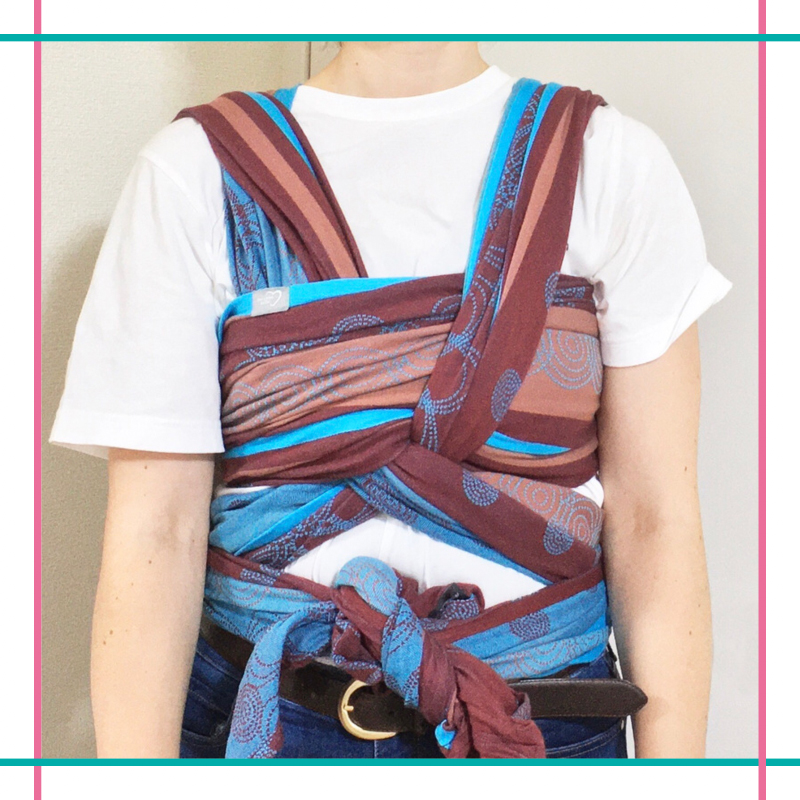
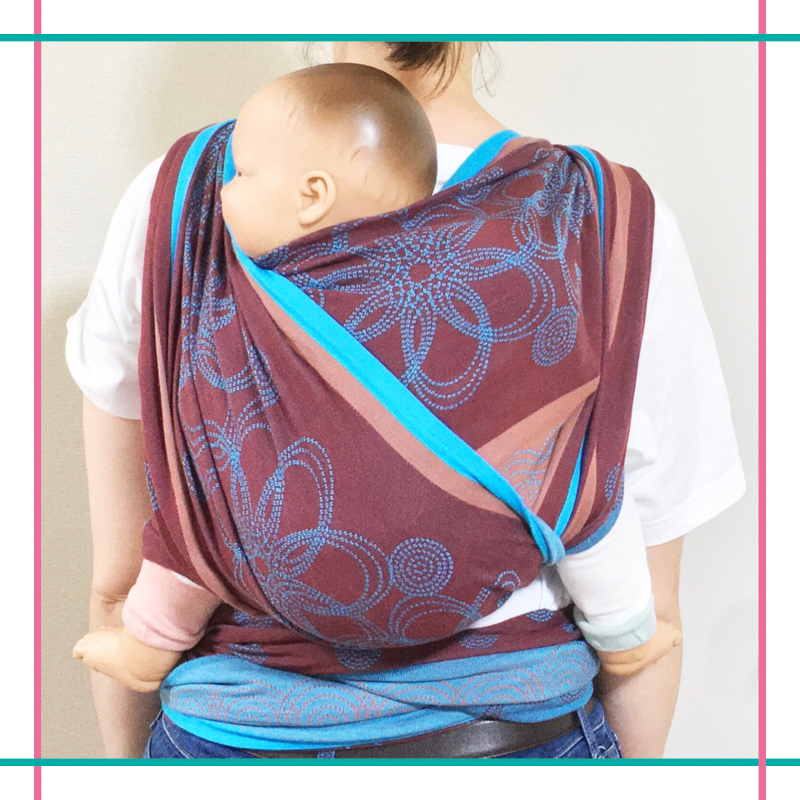
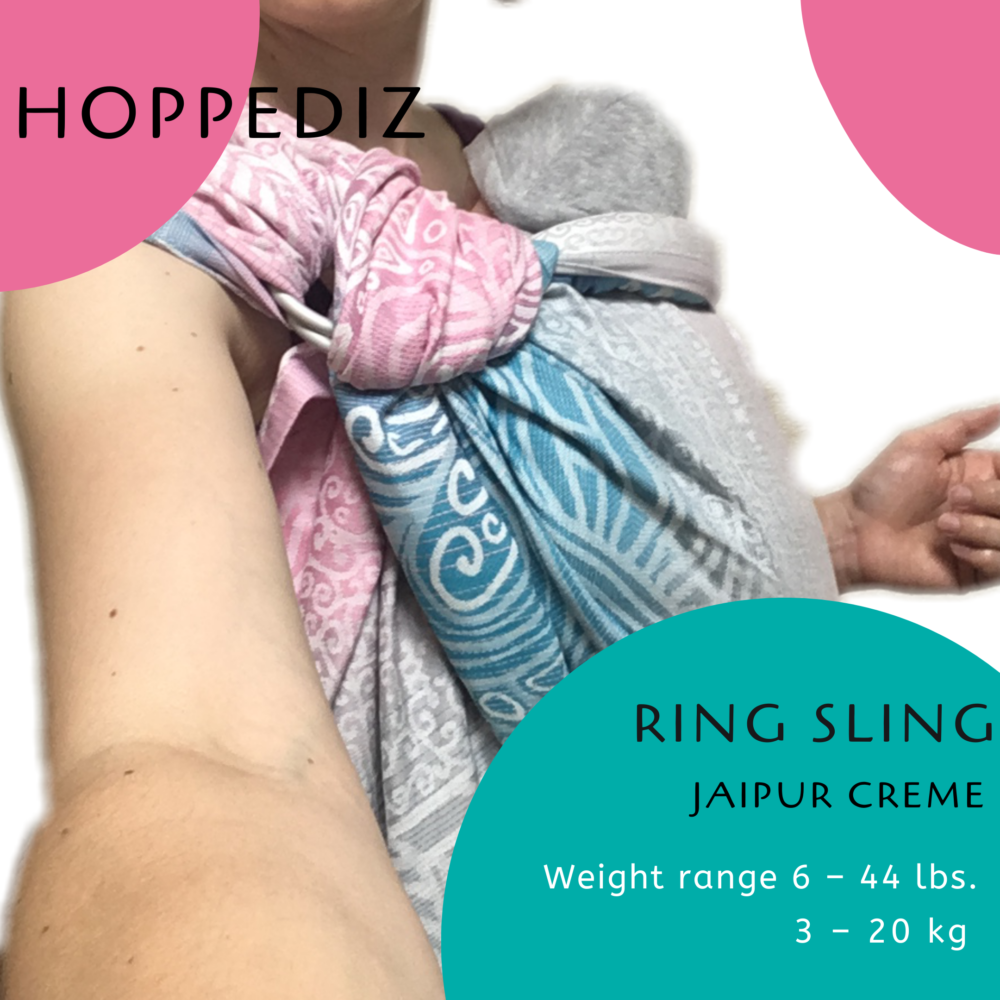
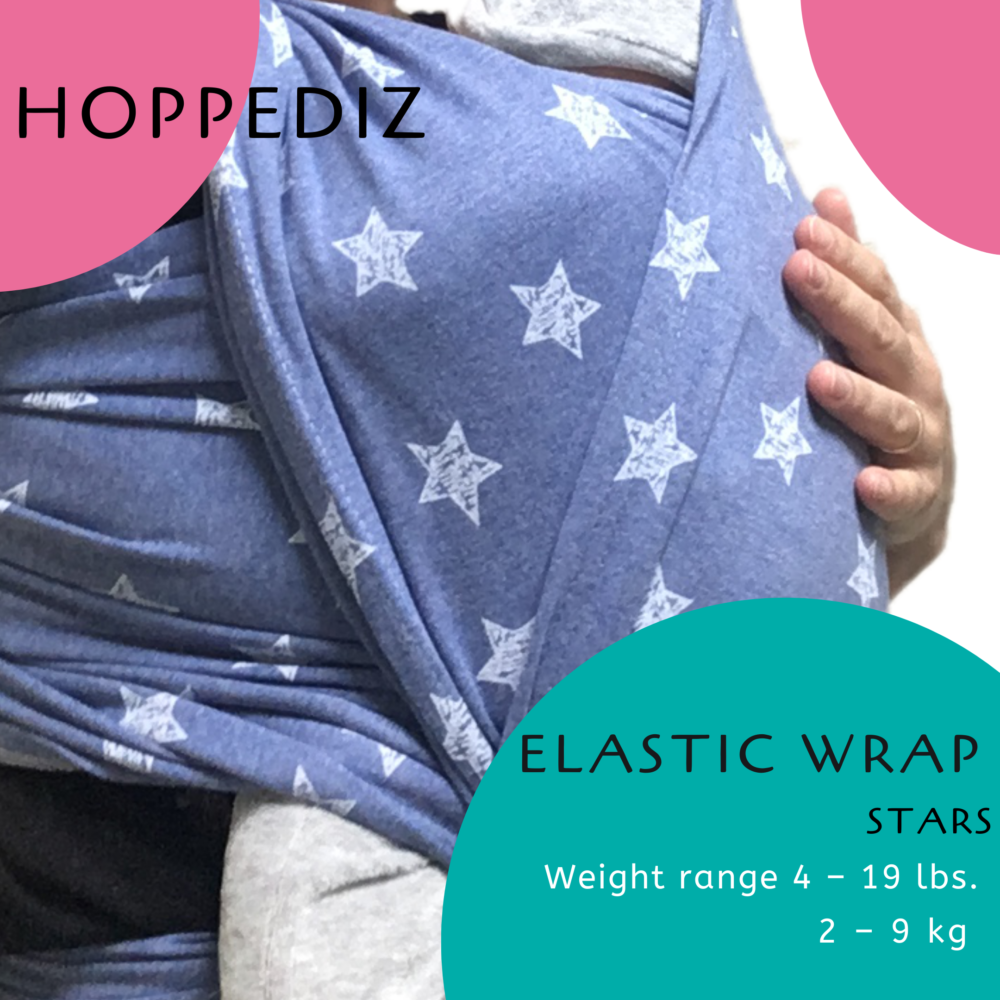
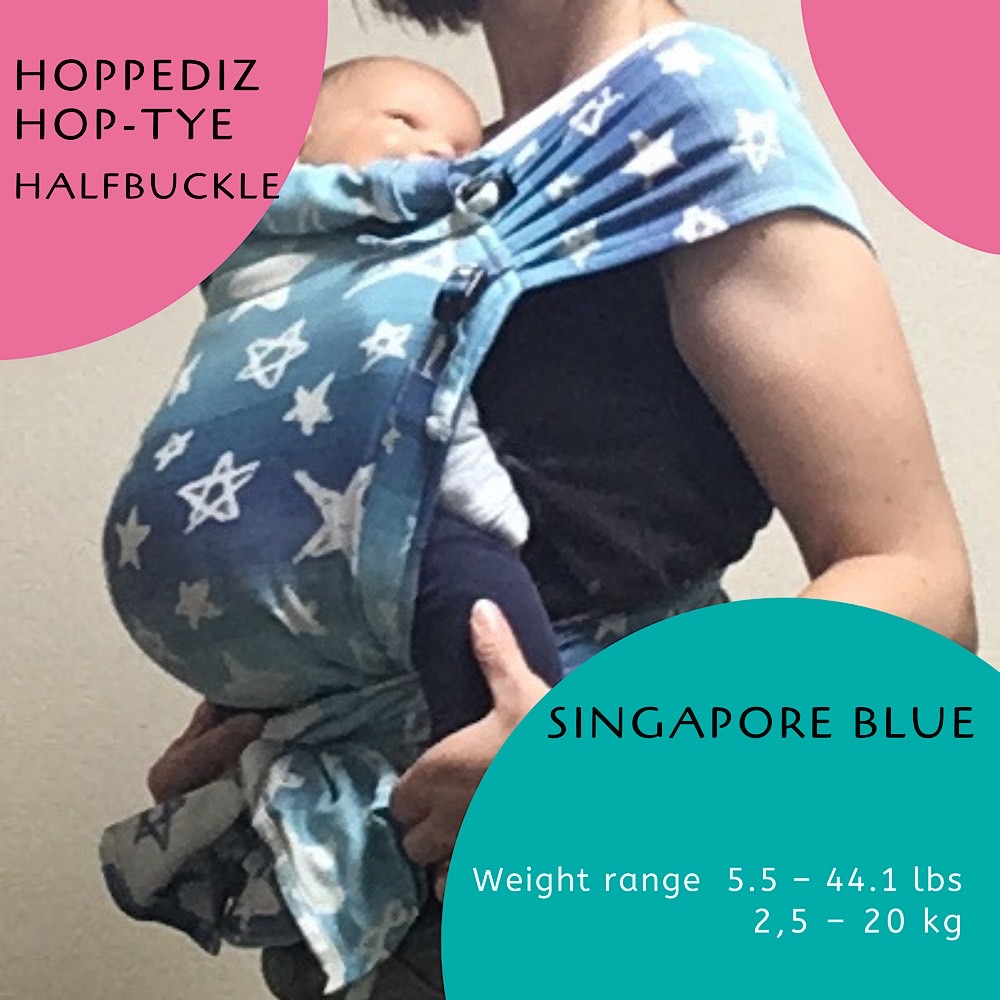
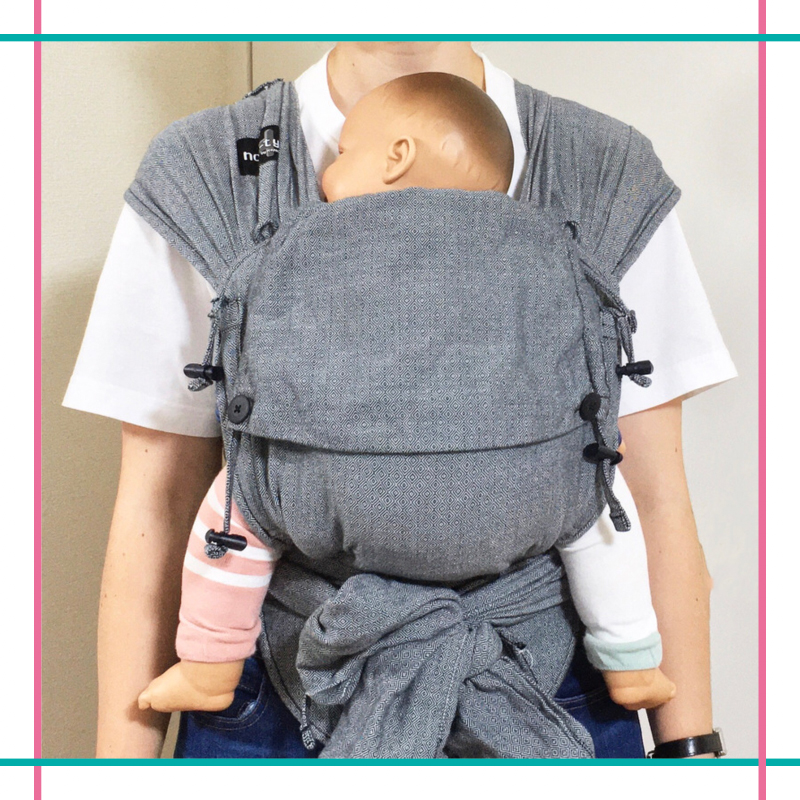
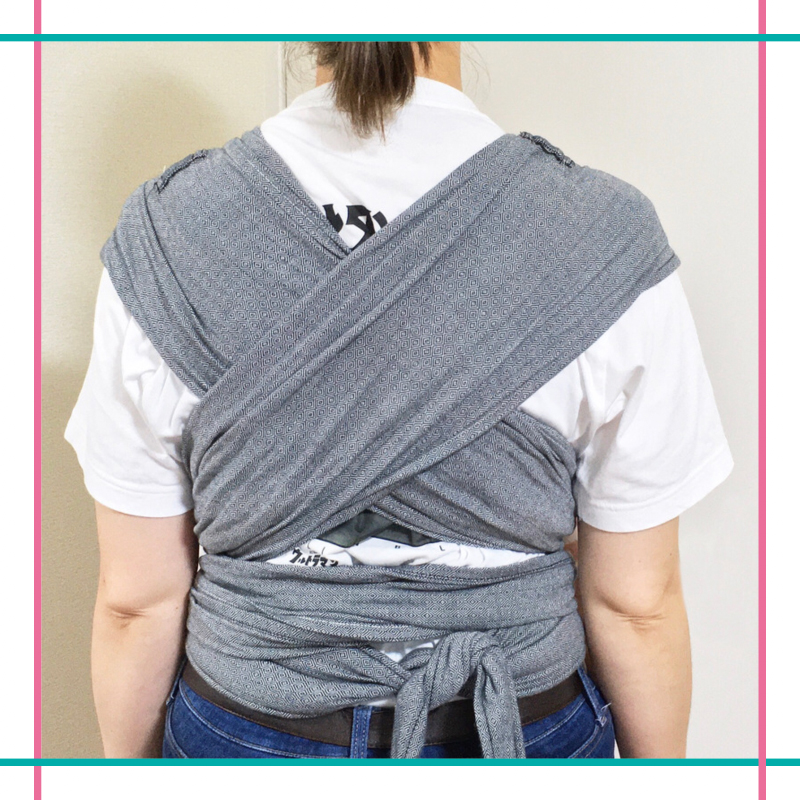
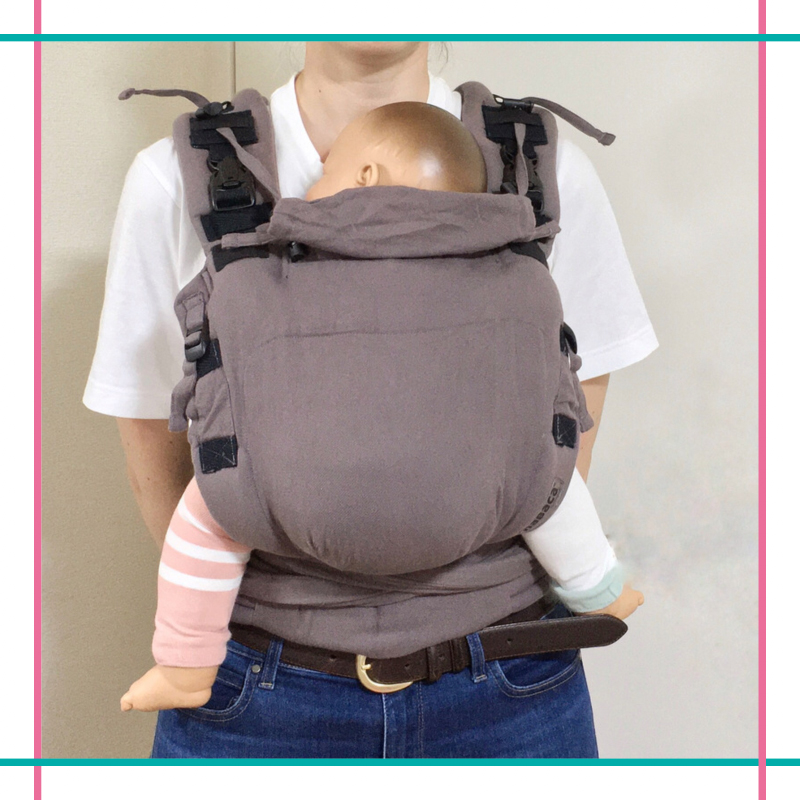
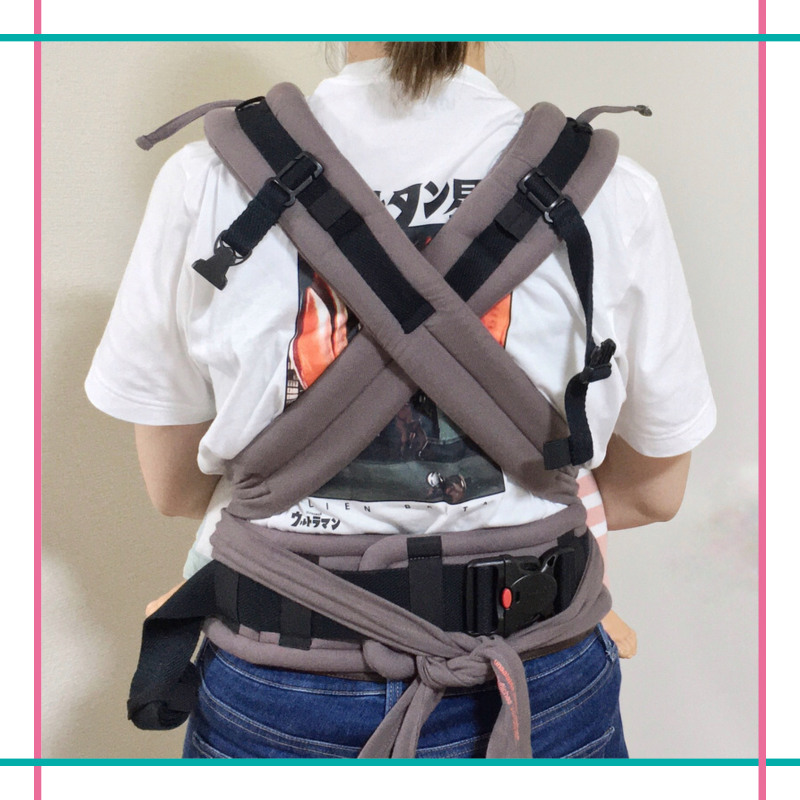

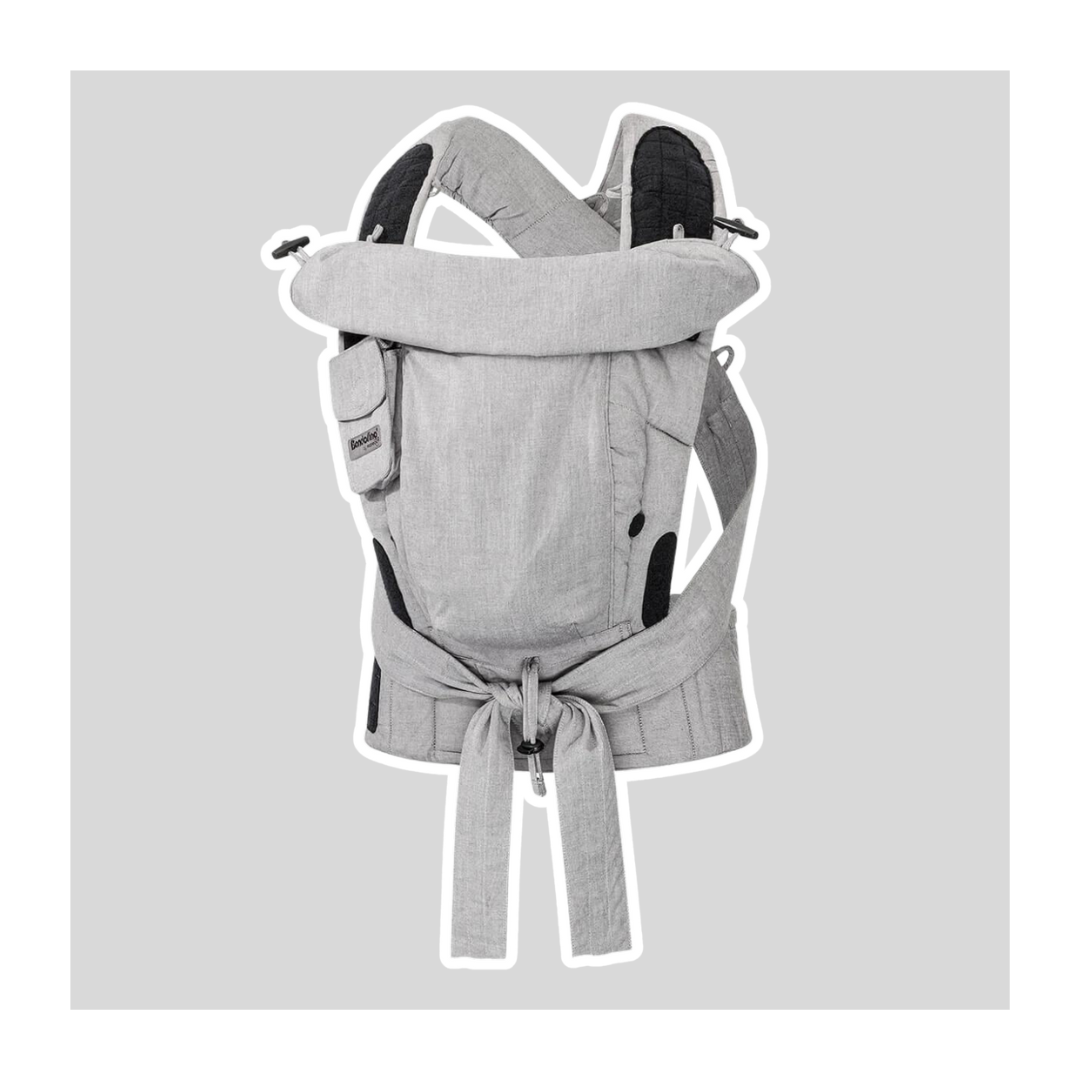
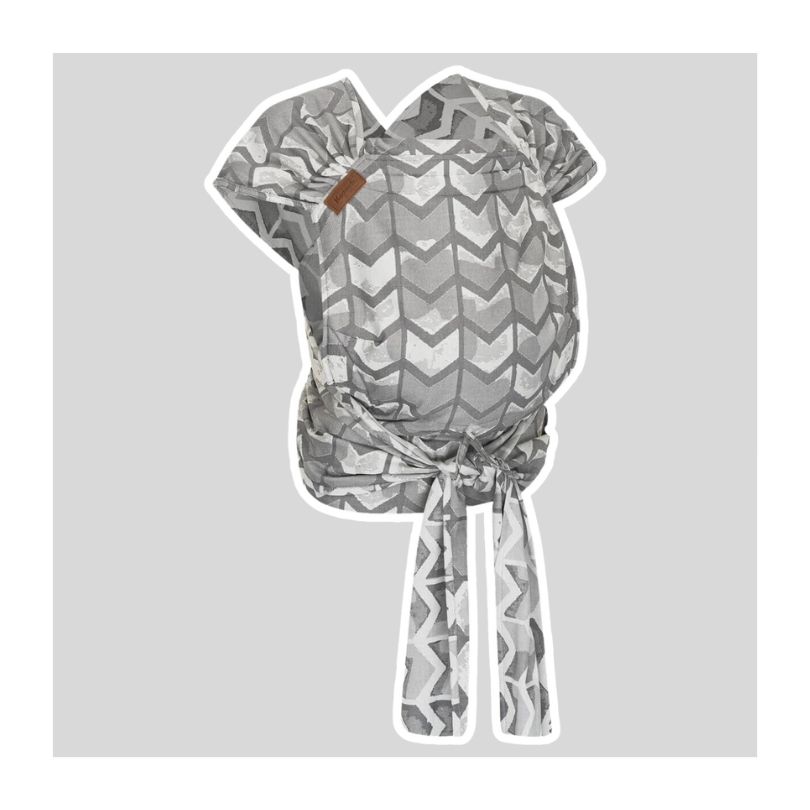
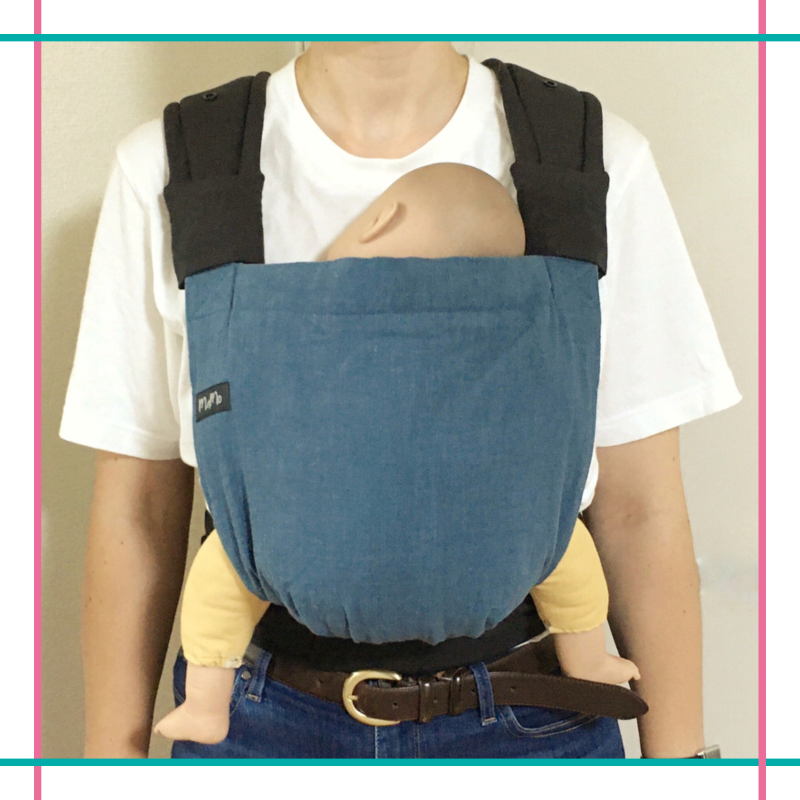
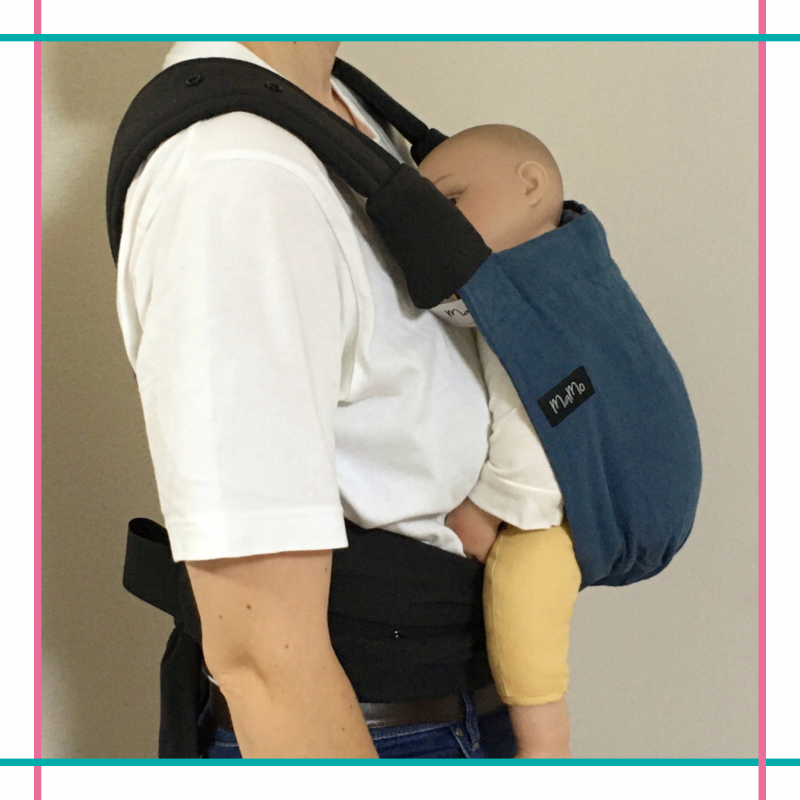
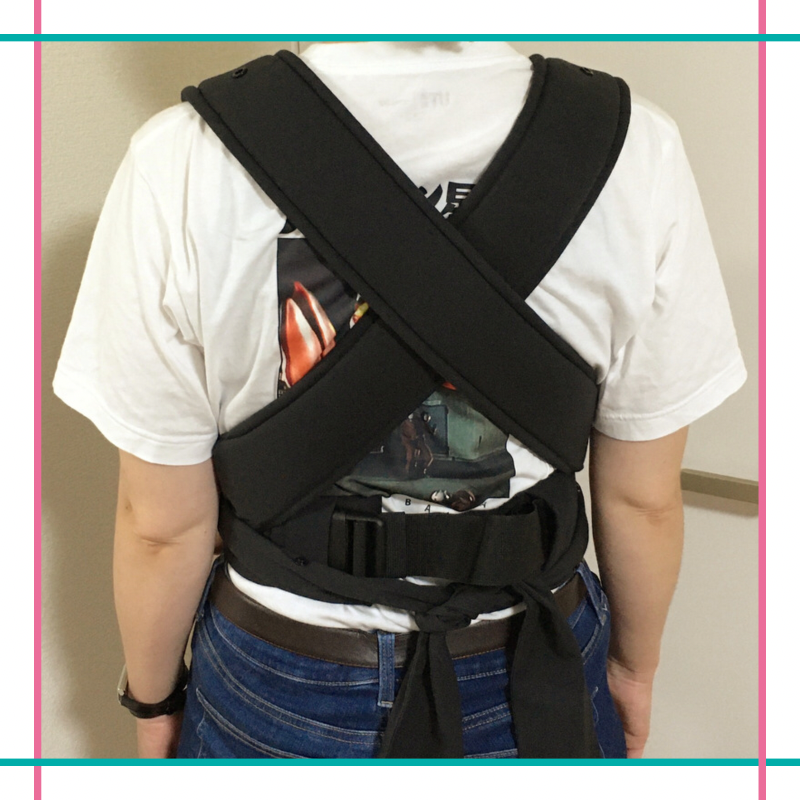
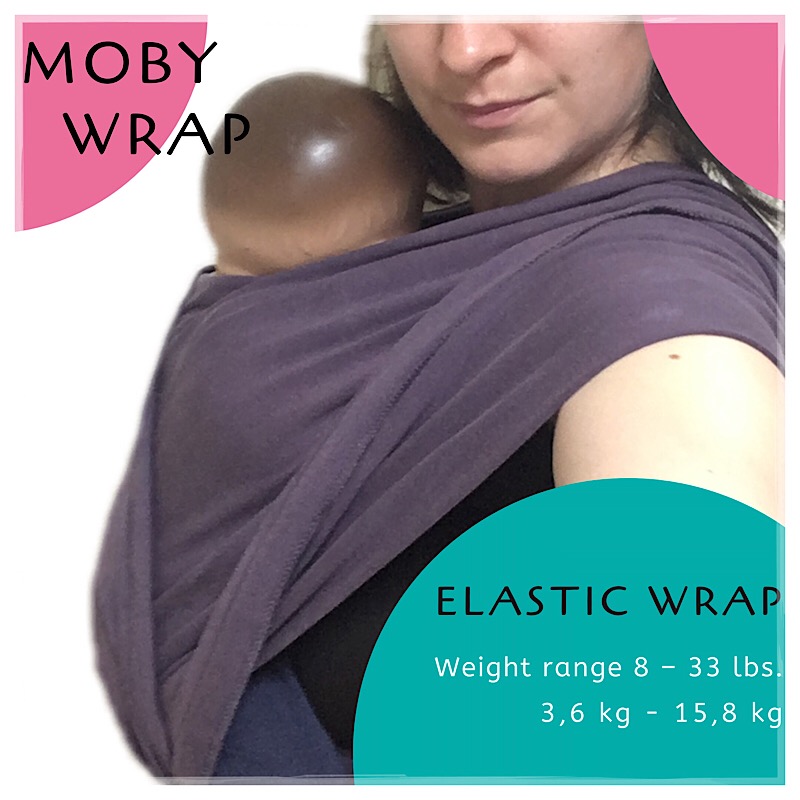
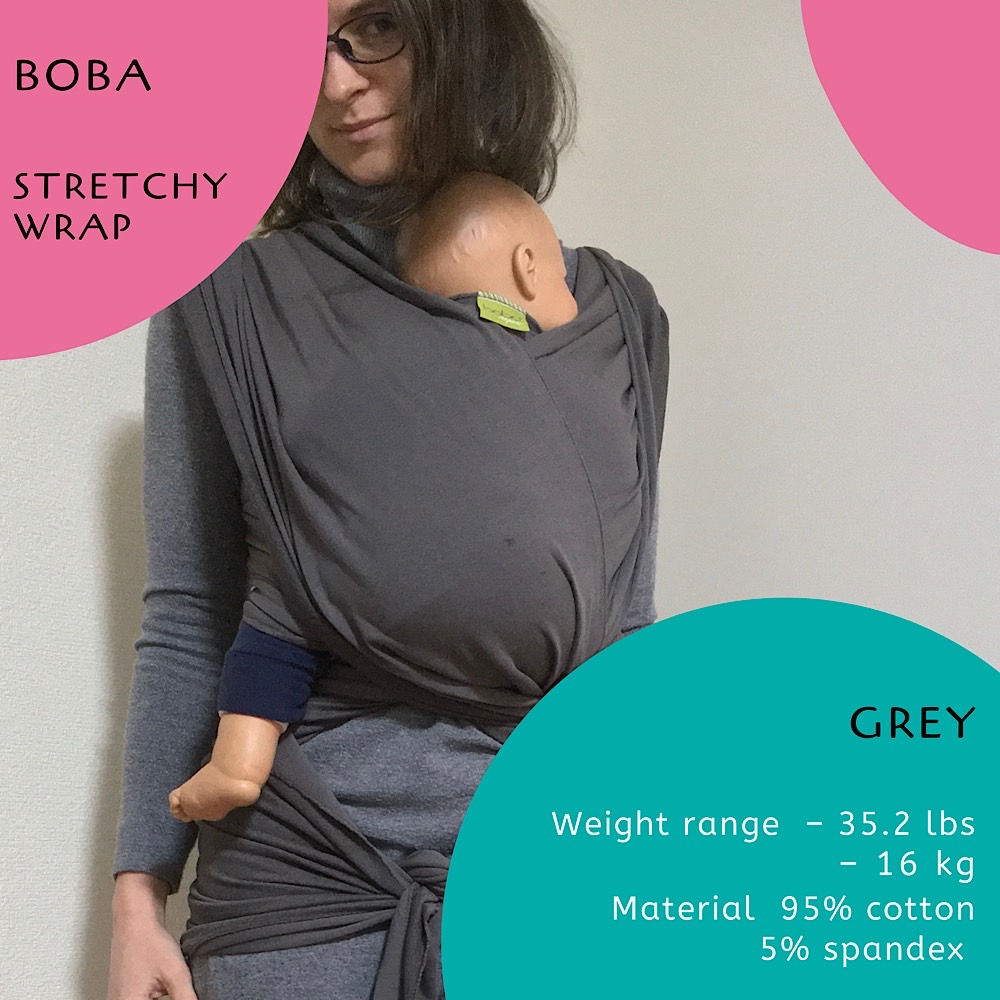
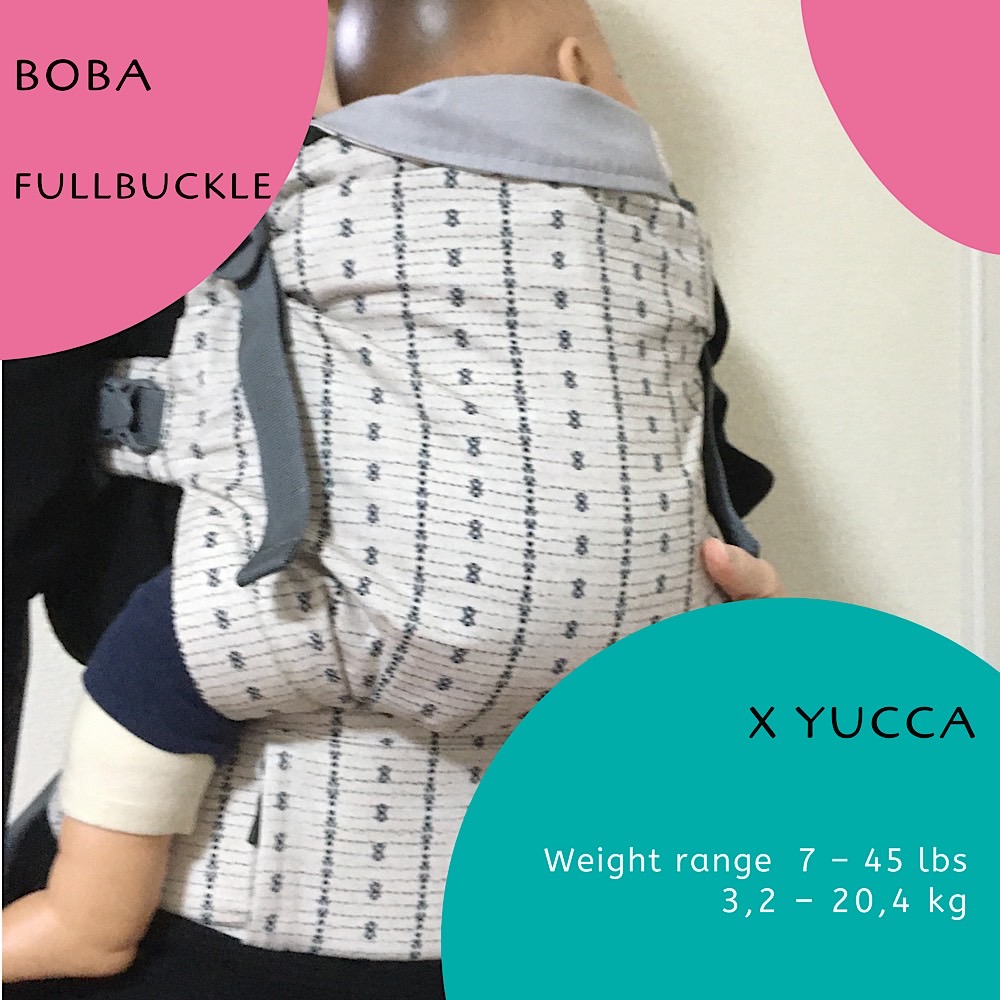


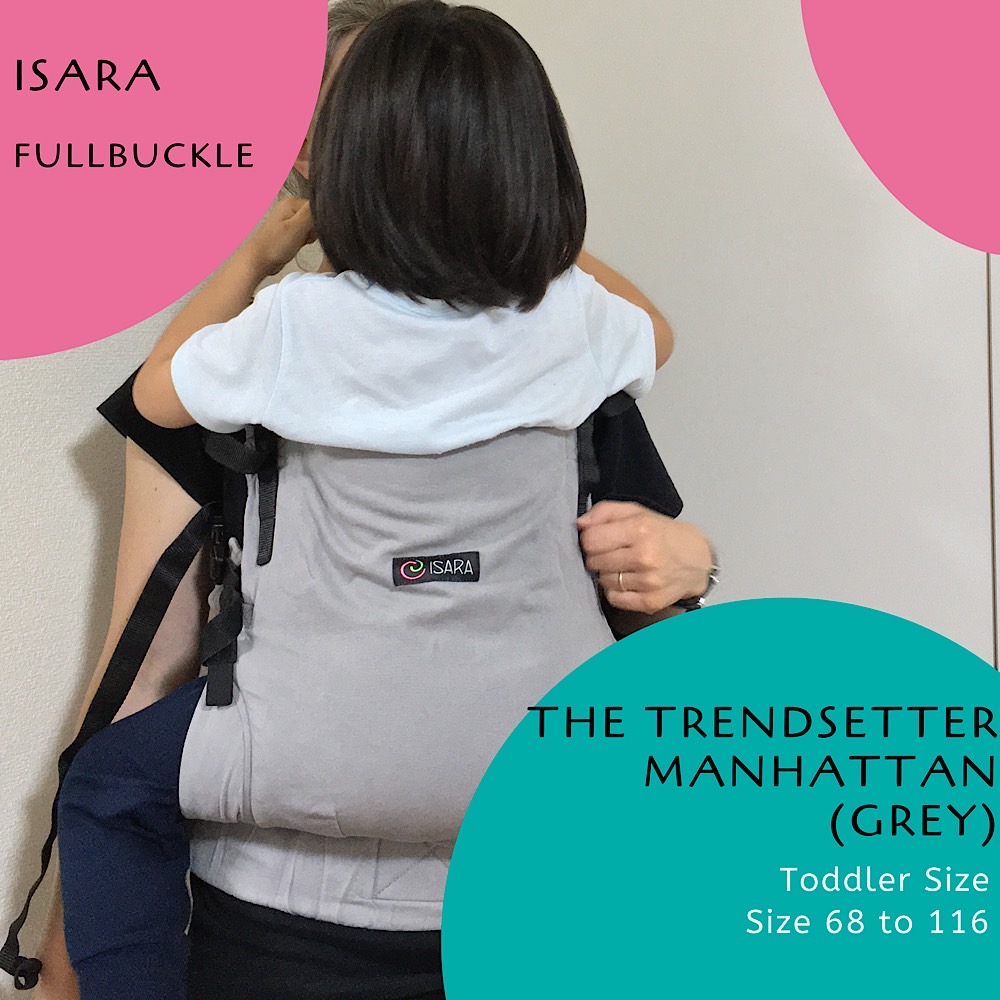

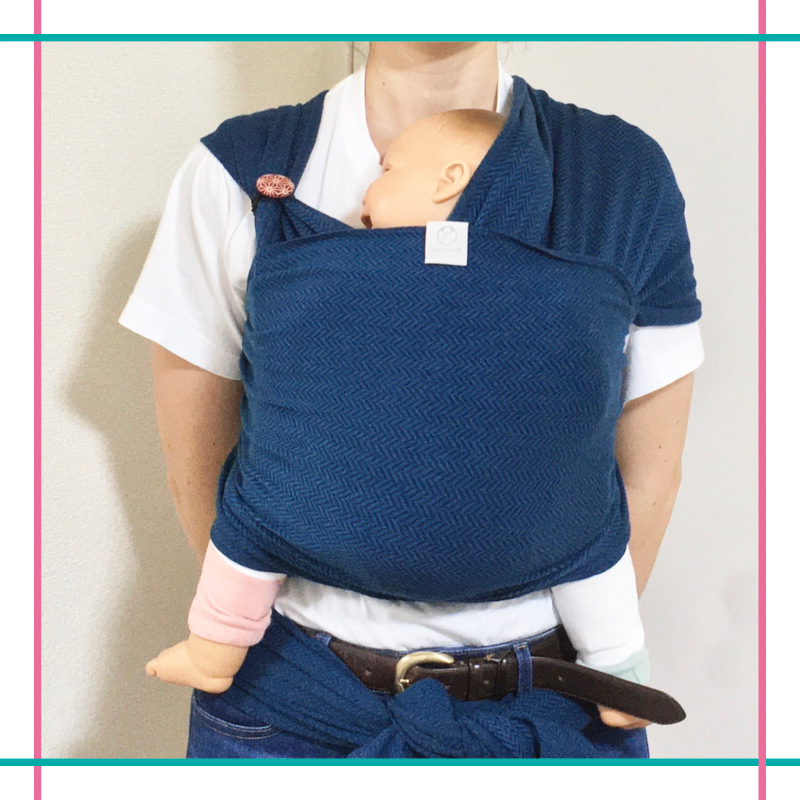
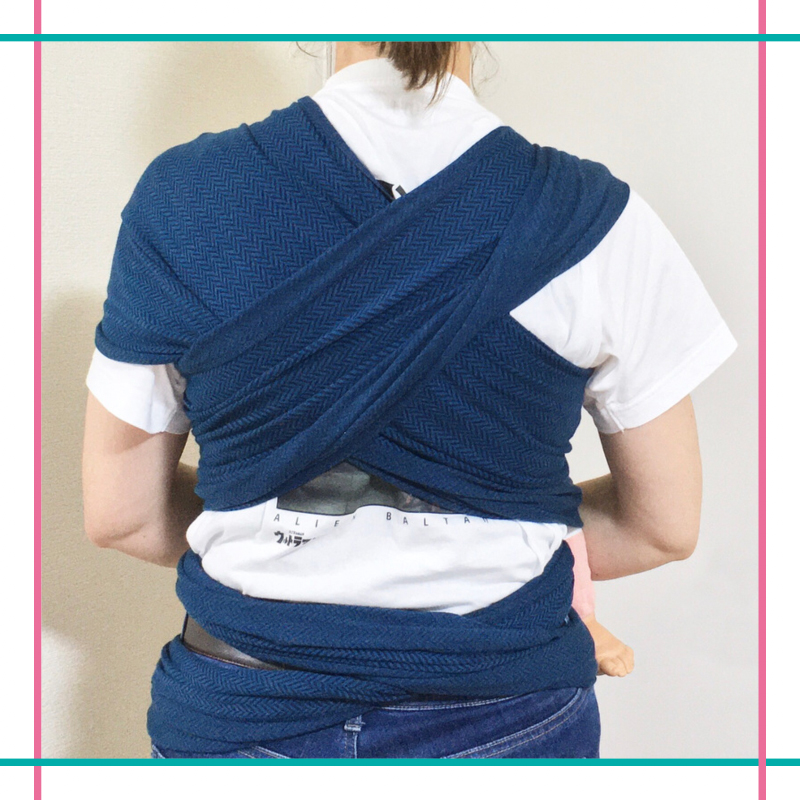

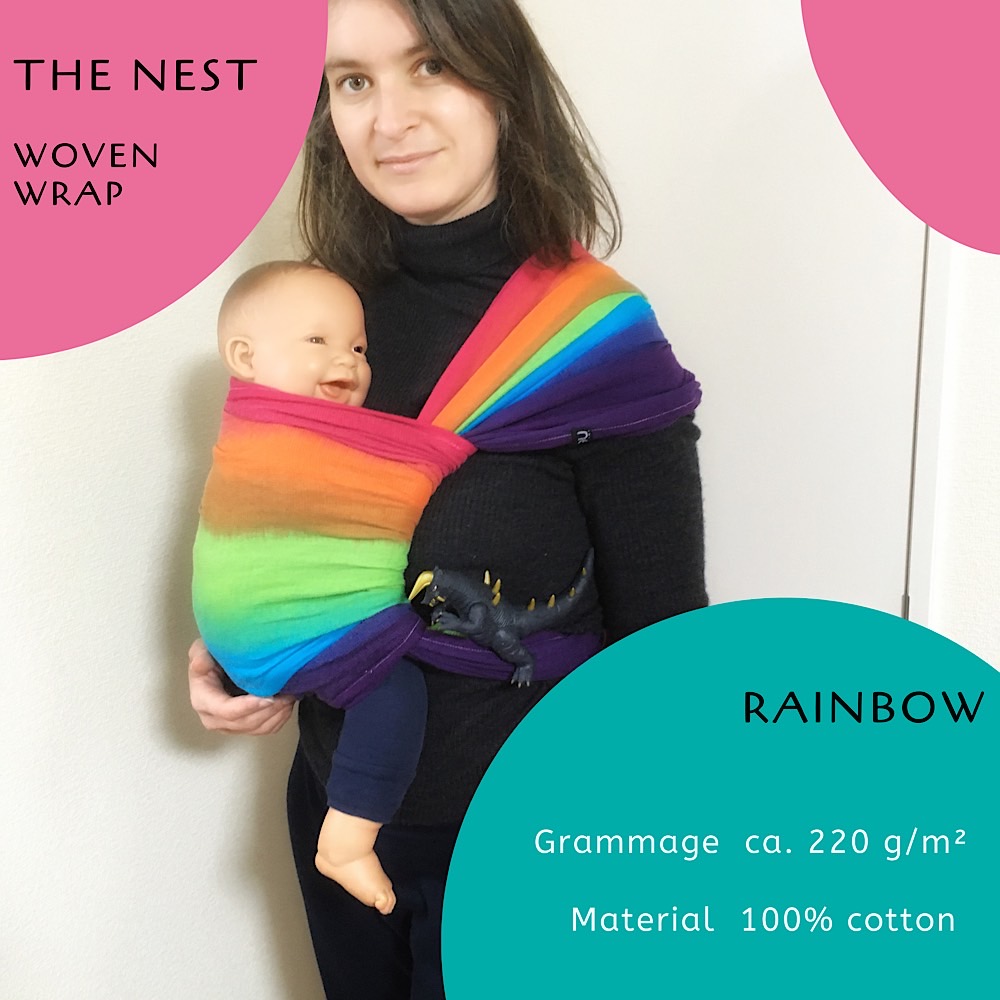
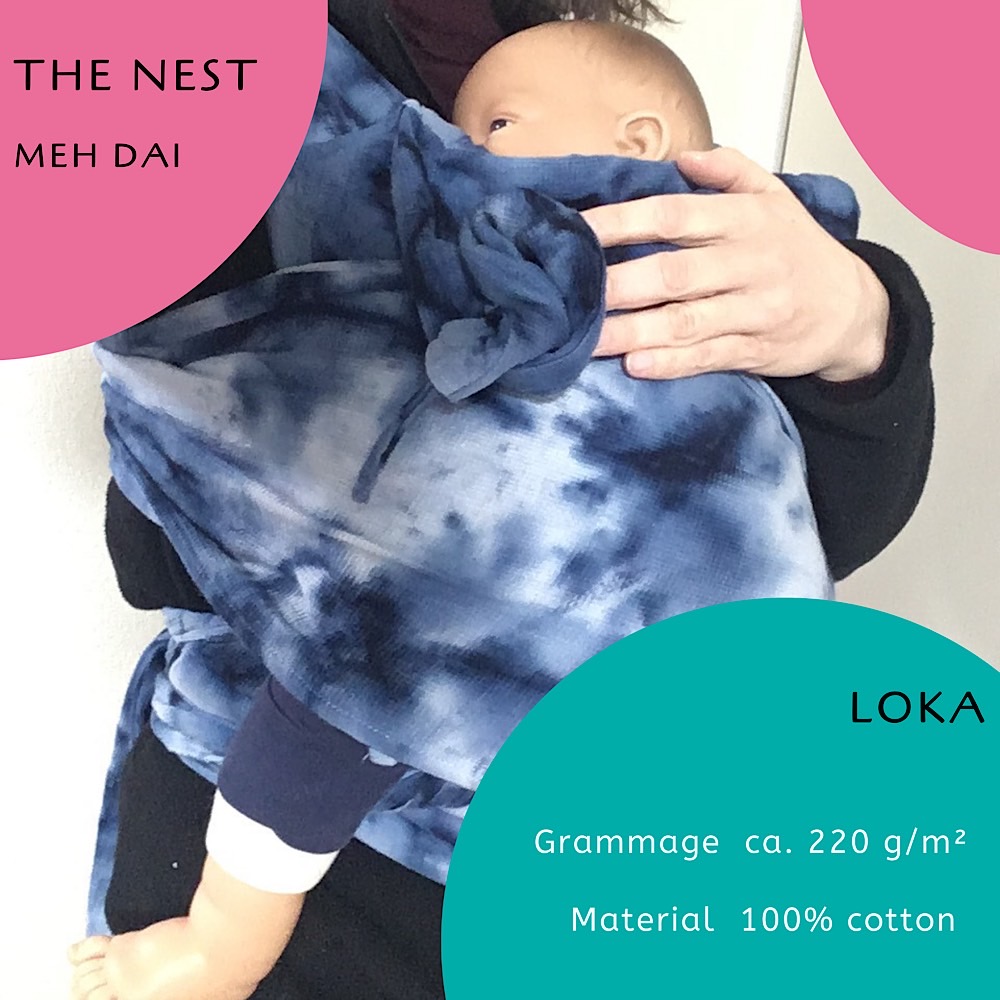
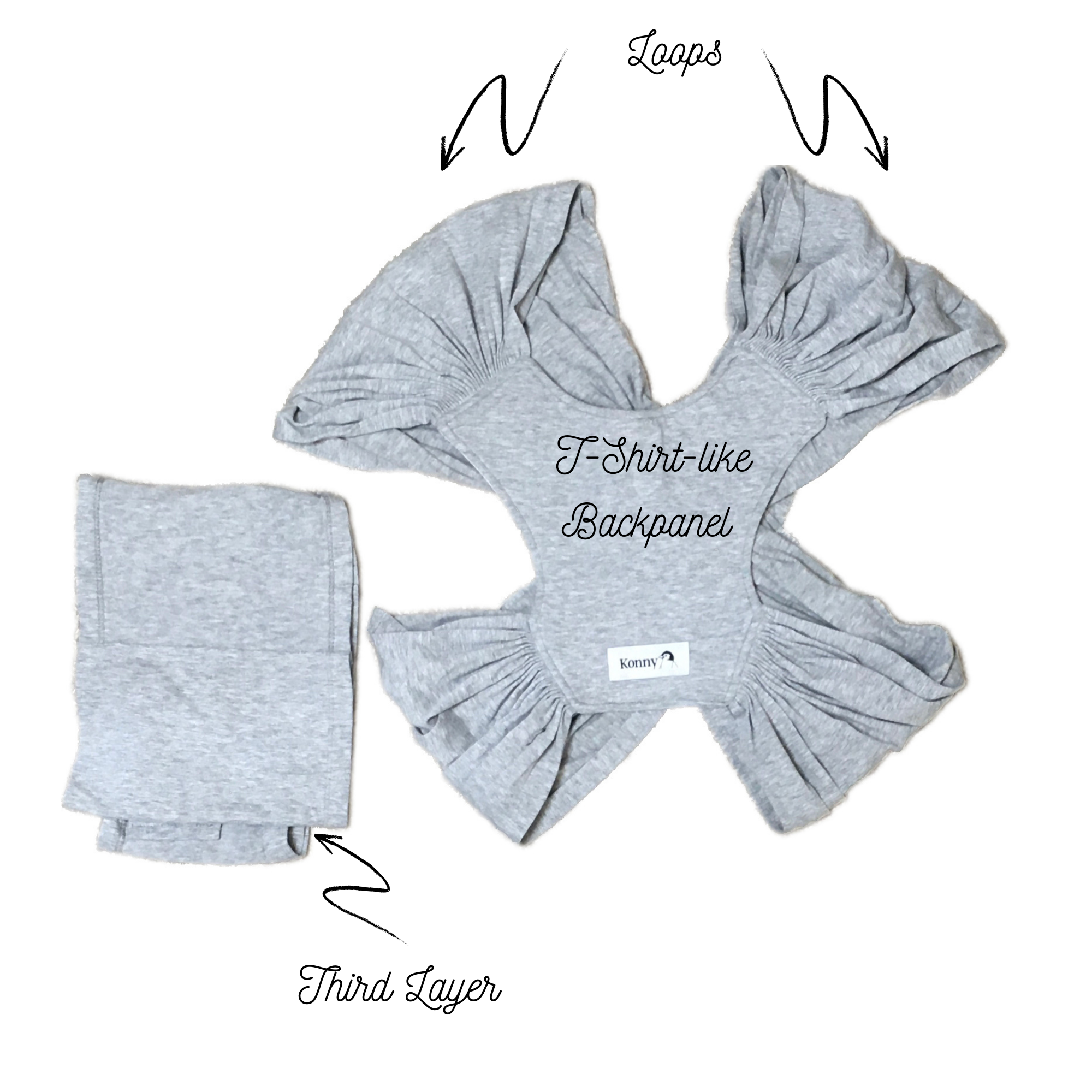 Design: Grey
Design: Grey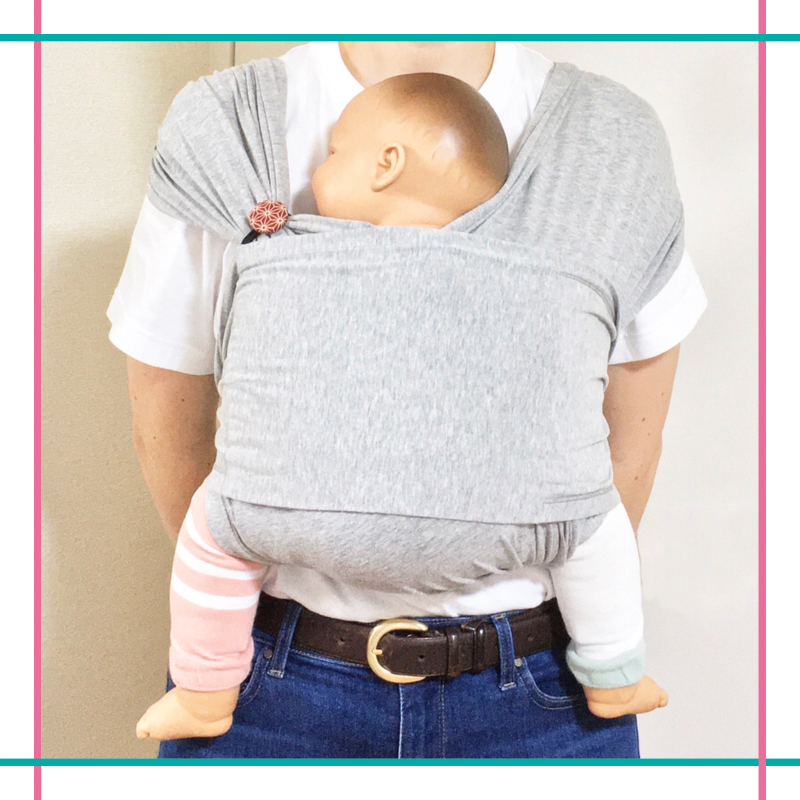
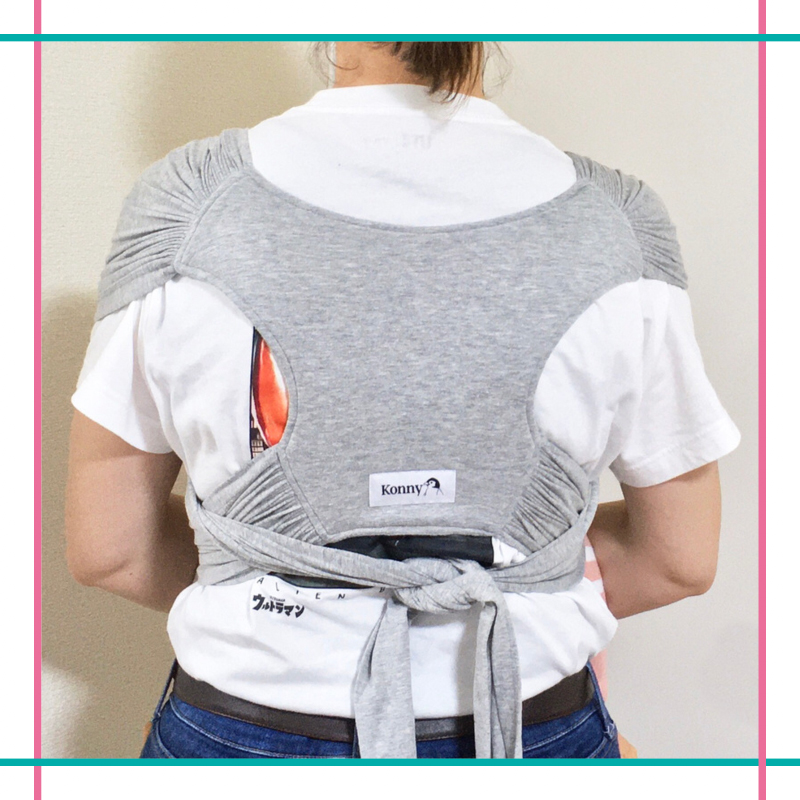
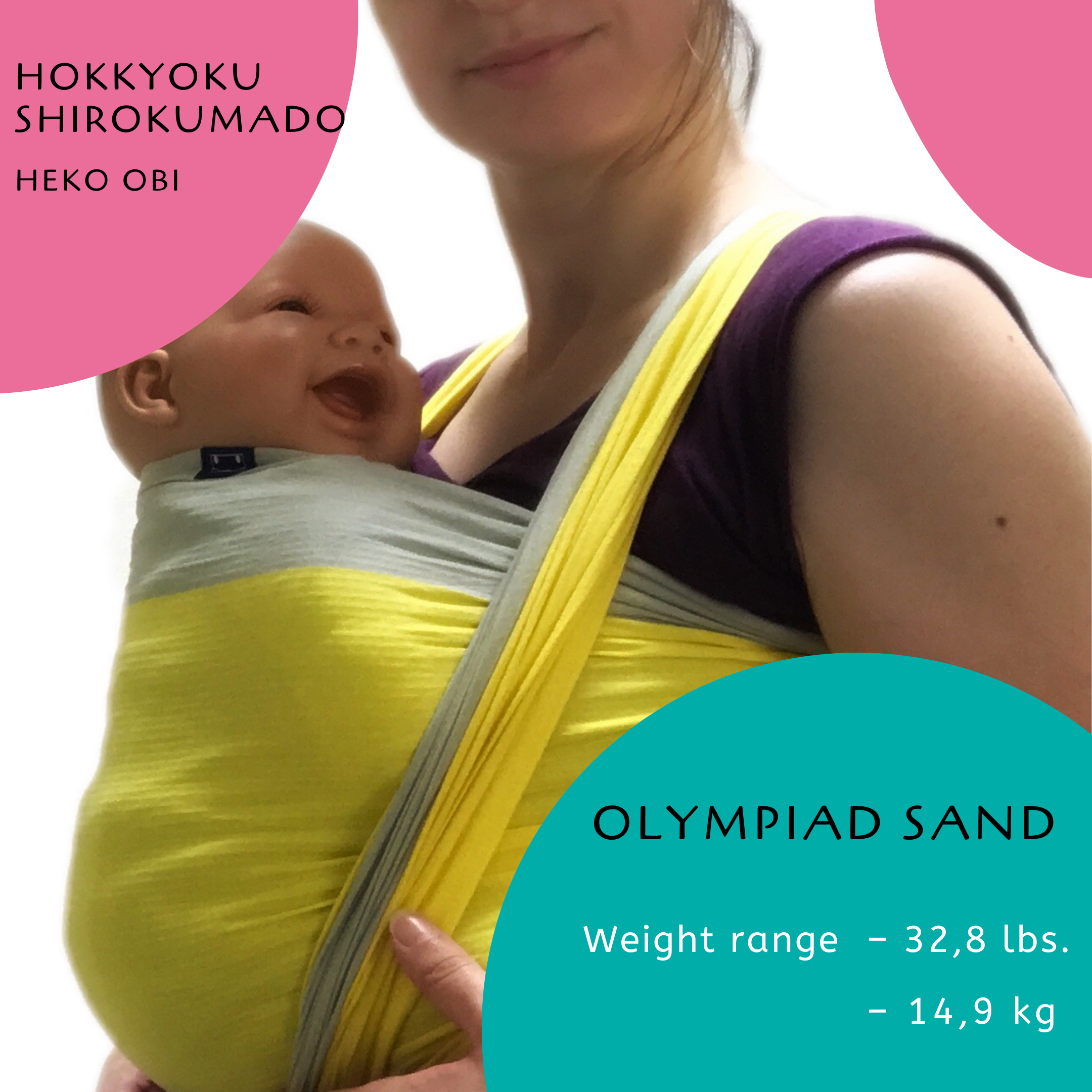
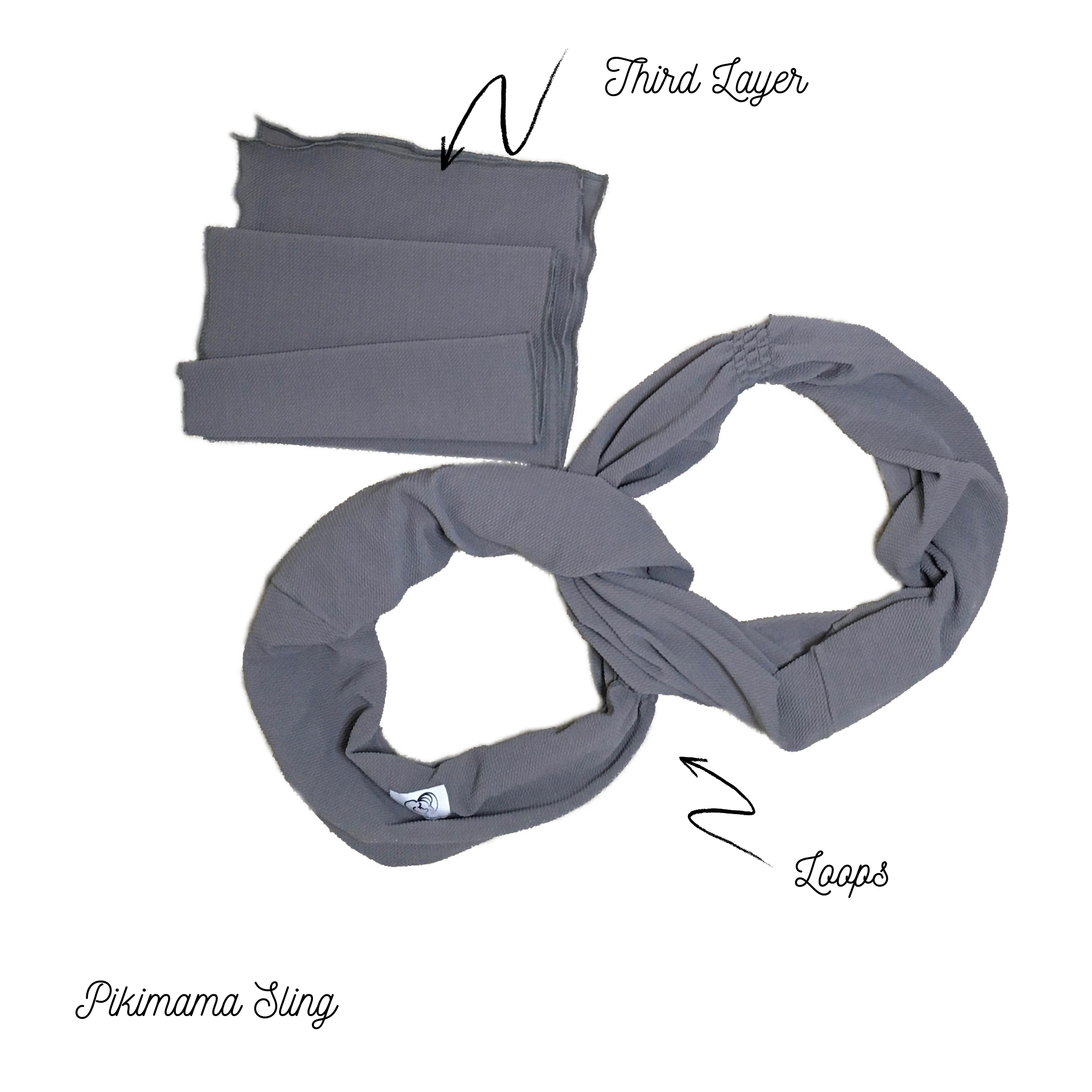 Design: Grey
Design: Grey